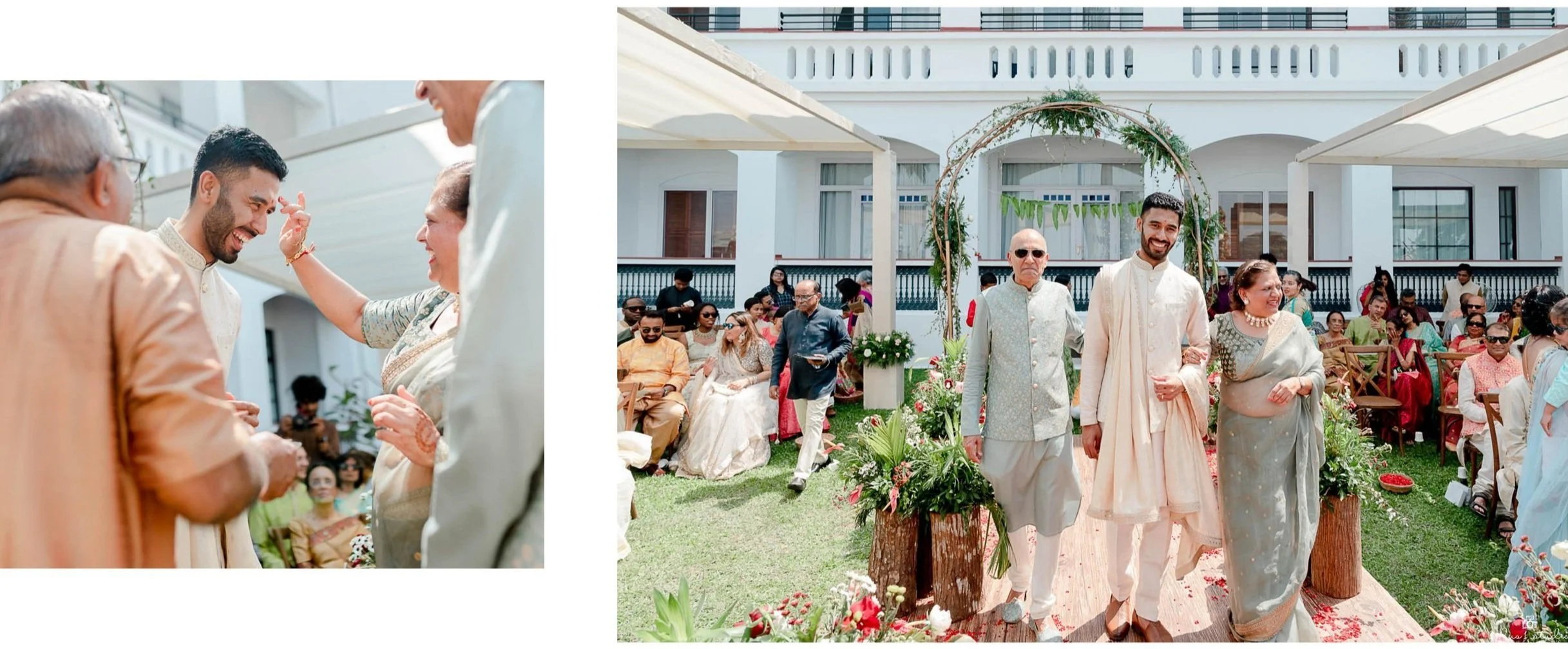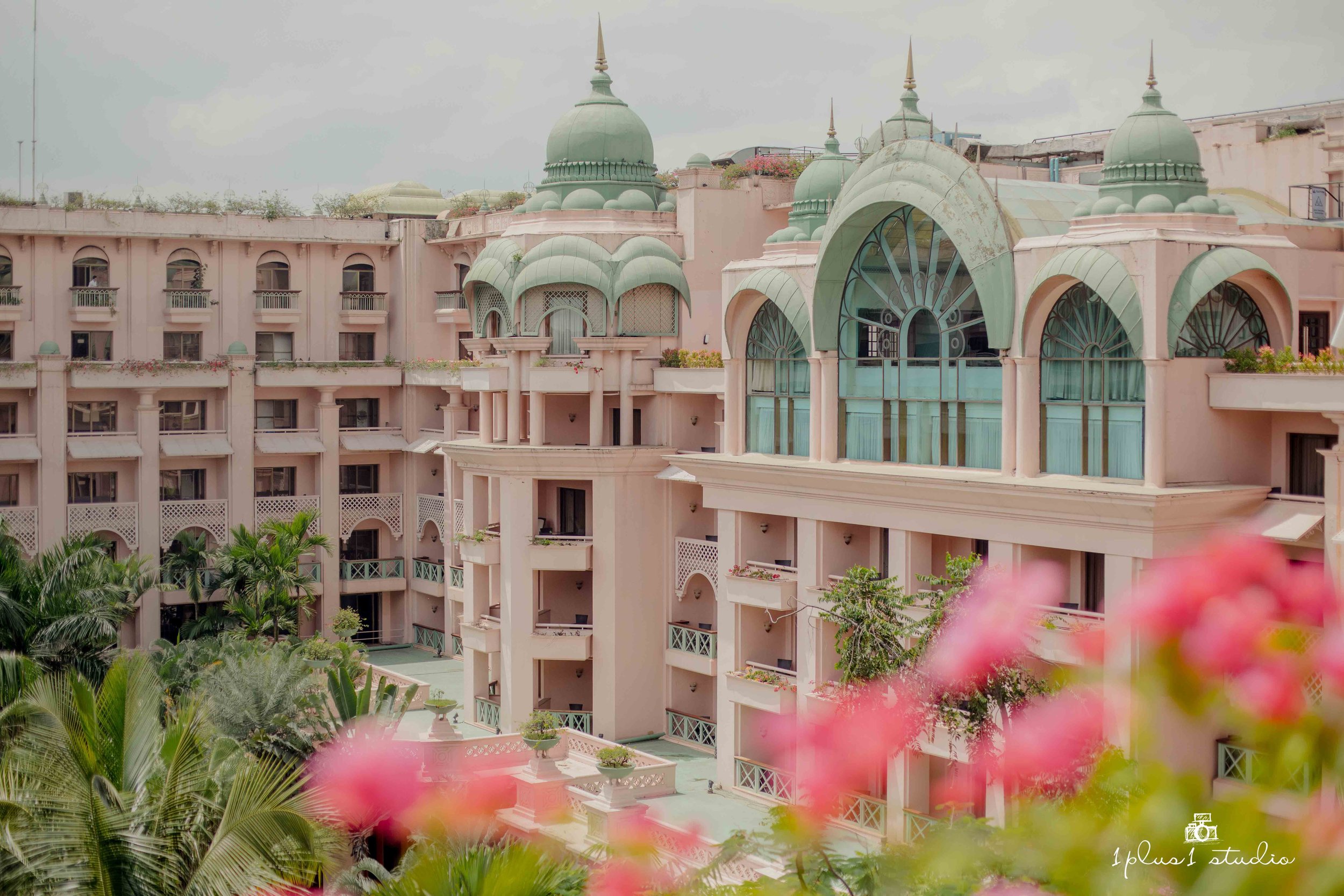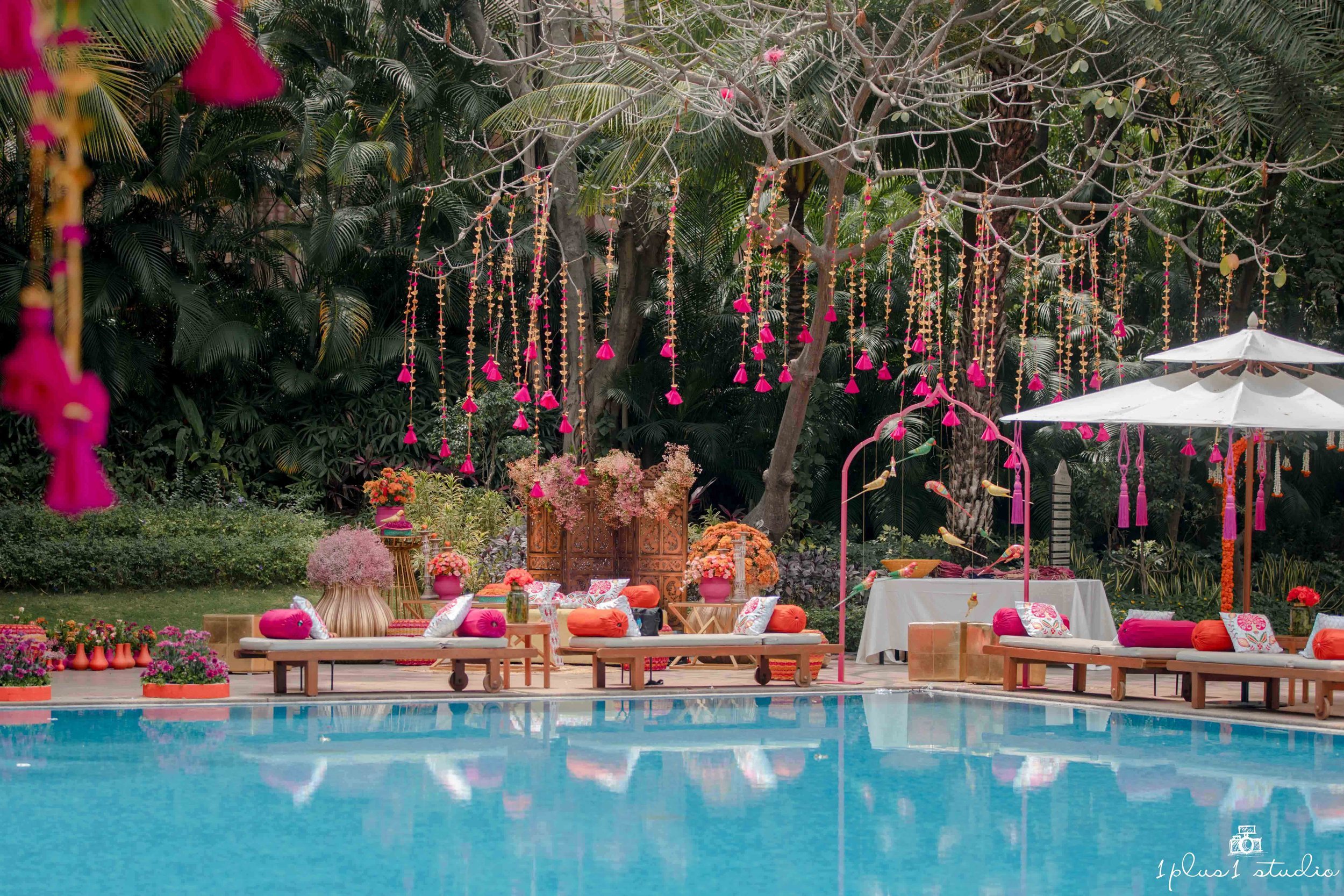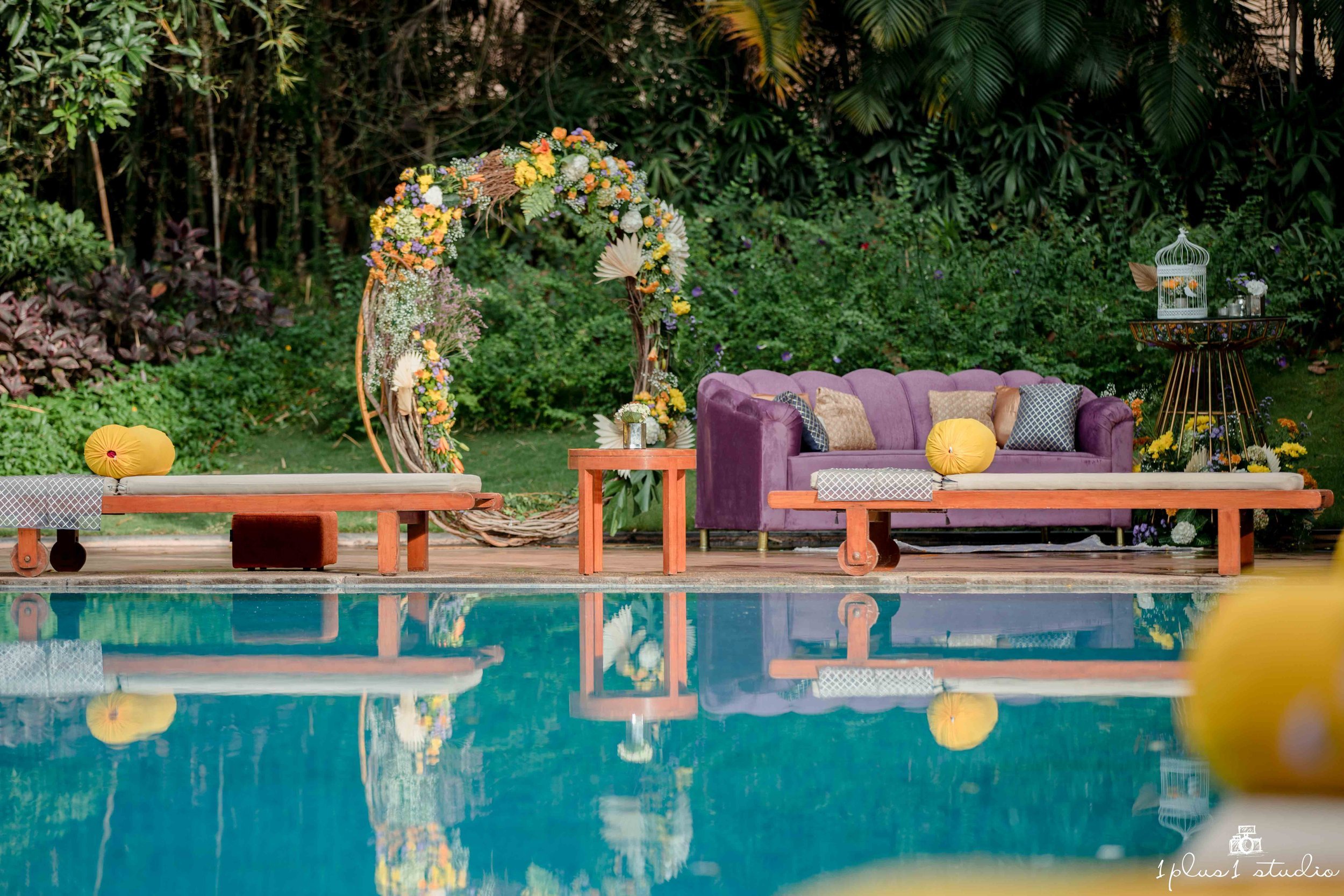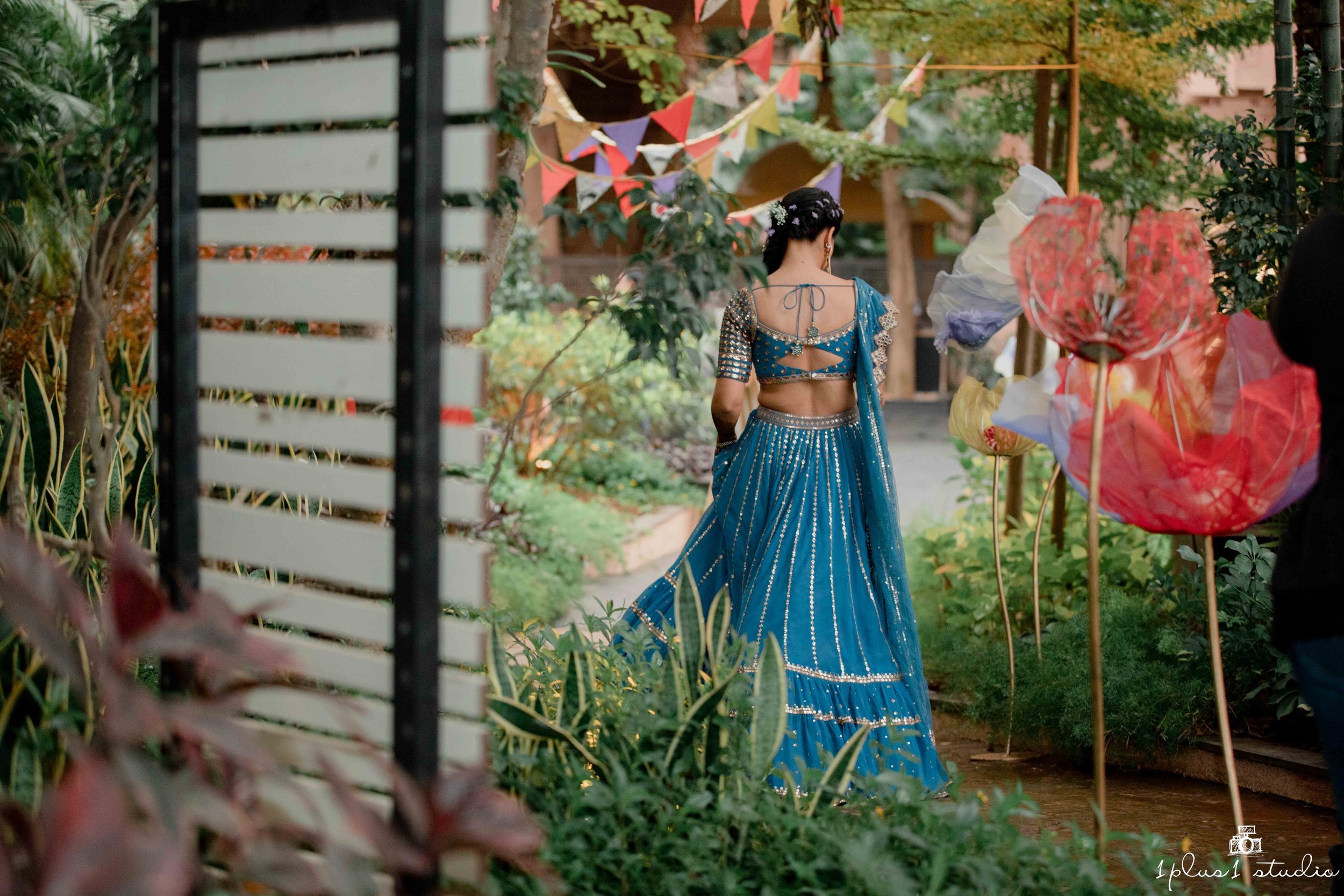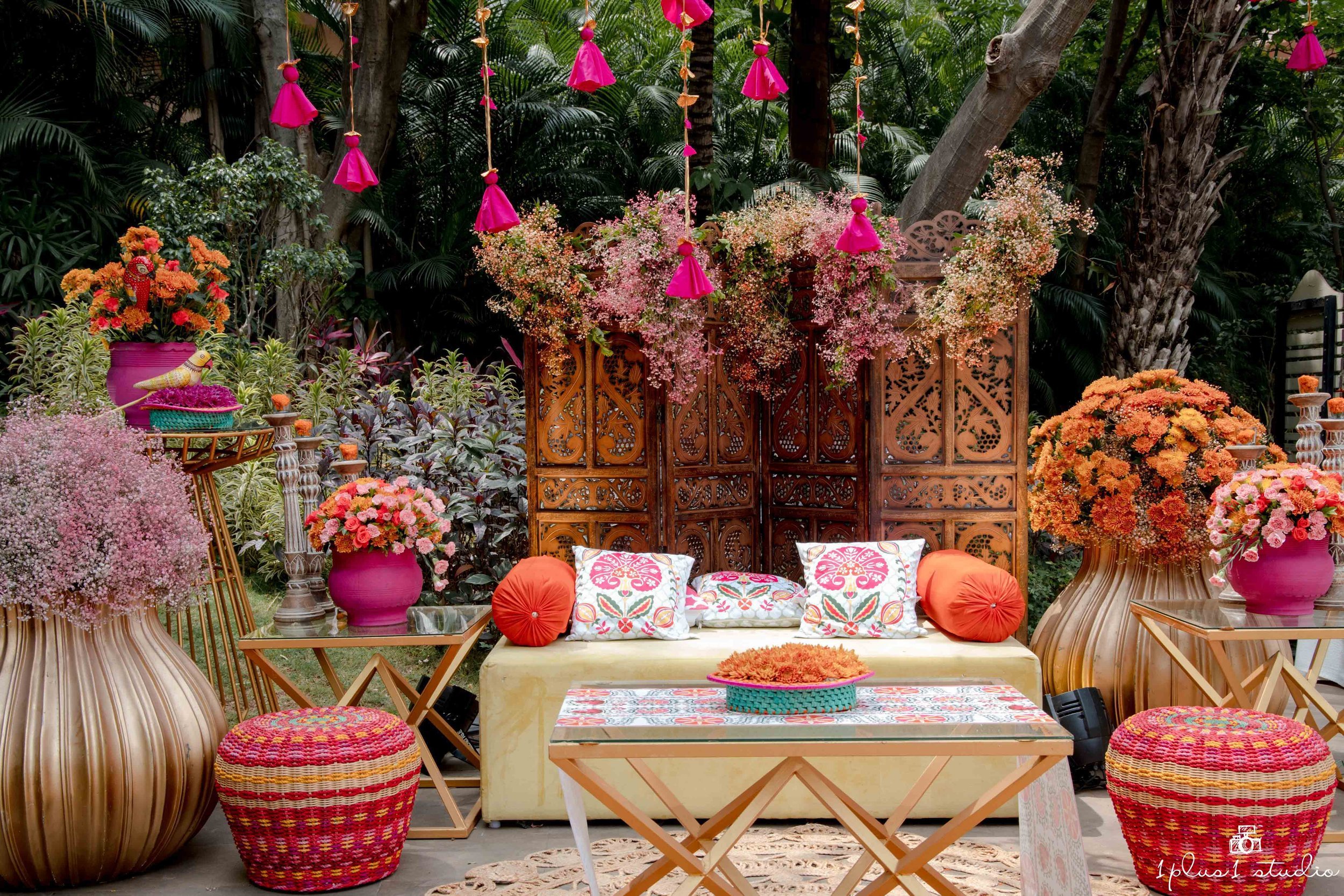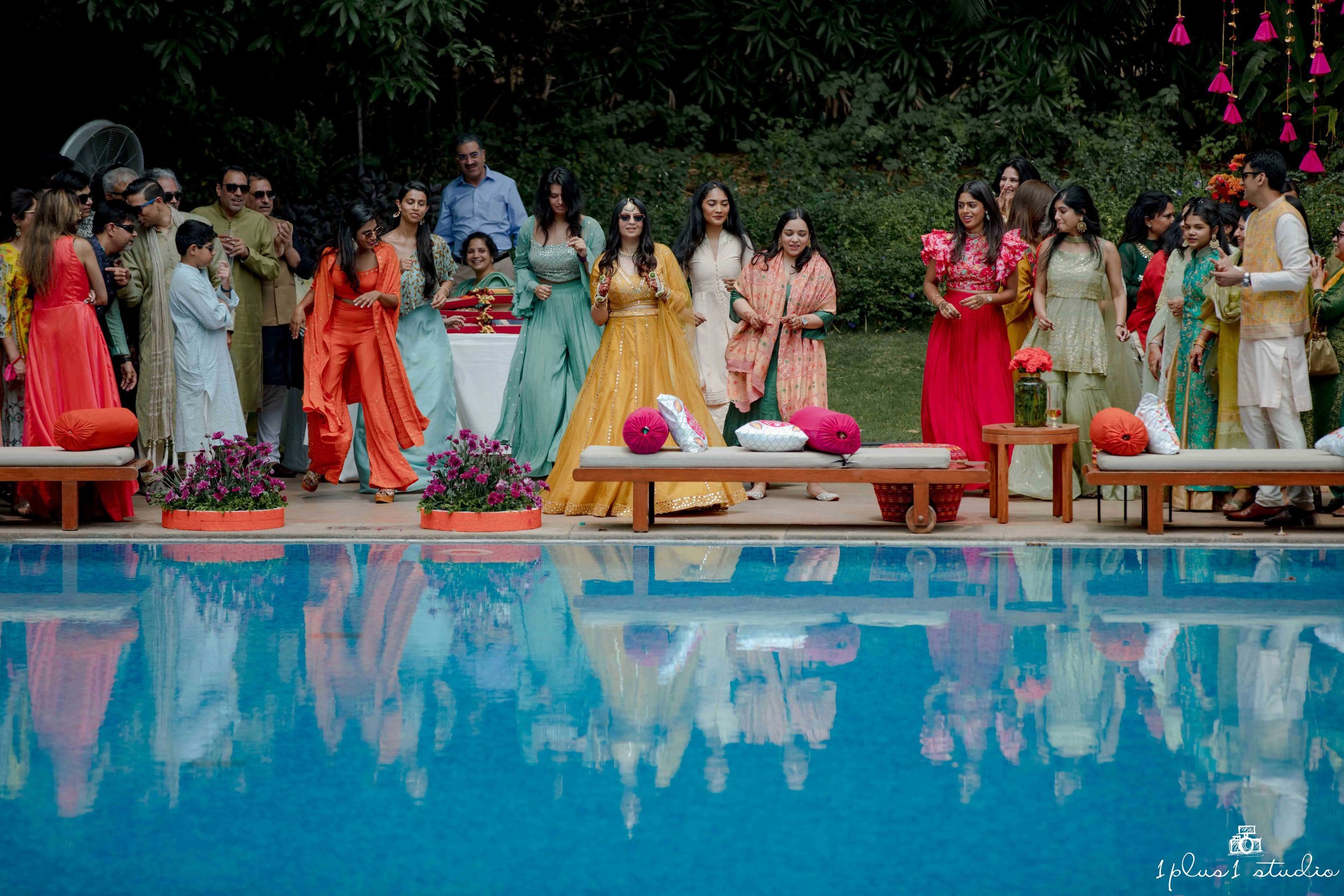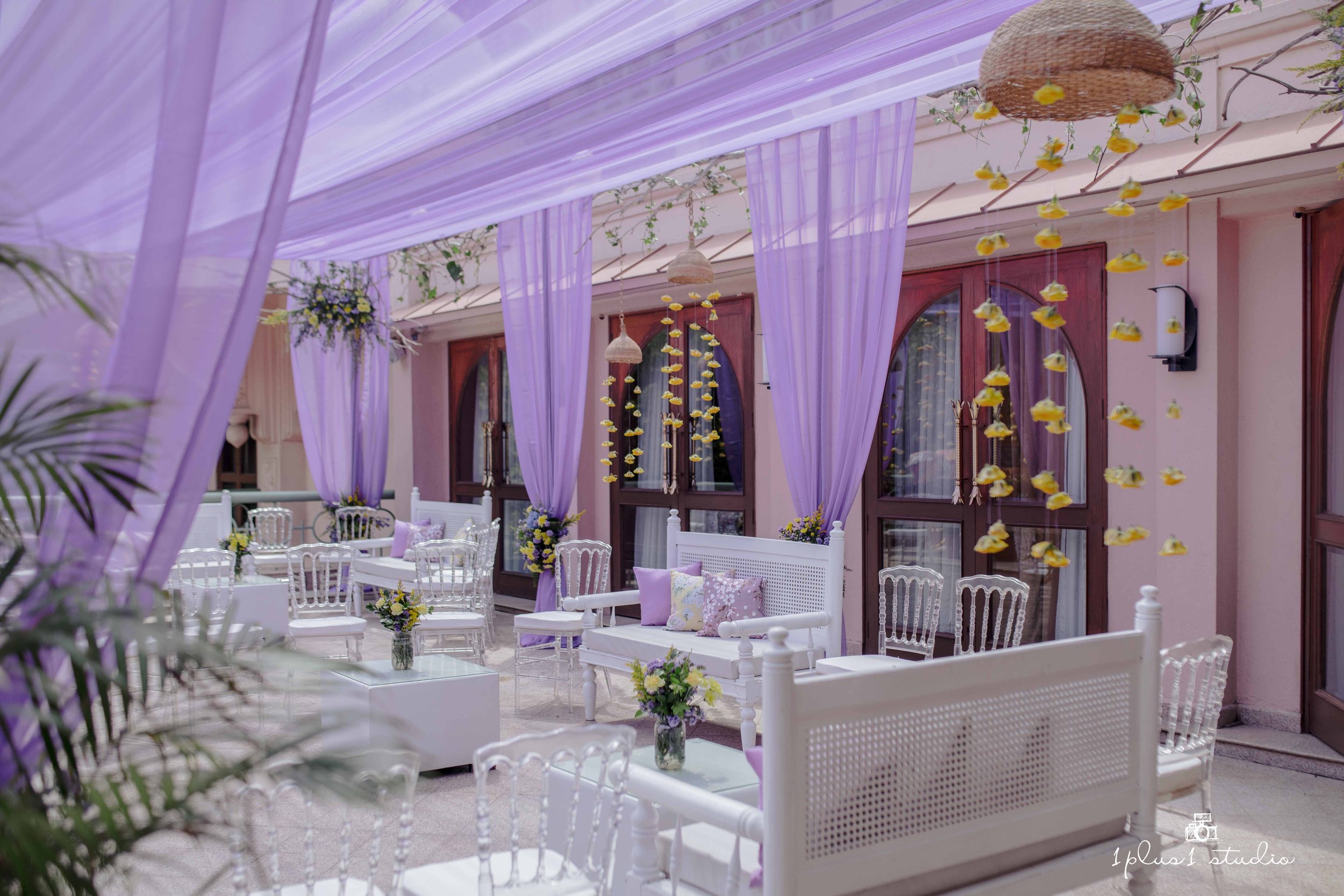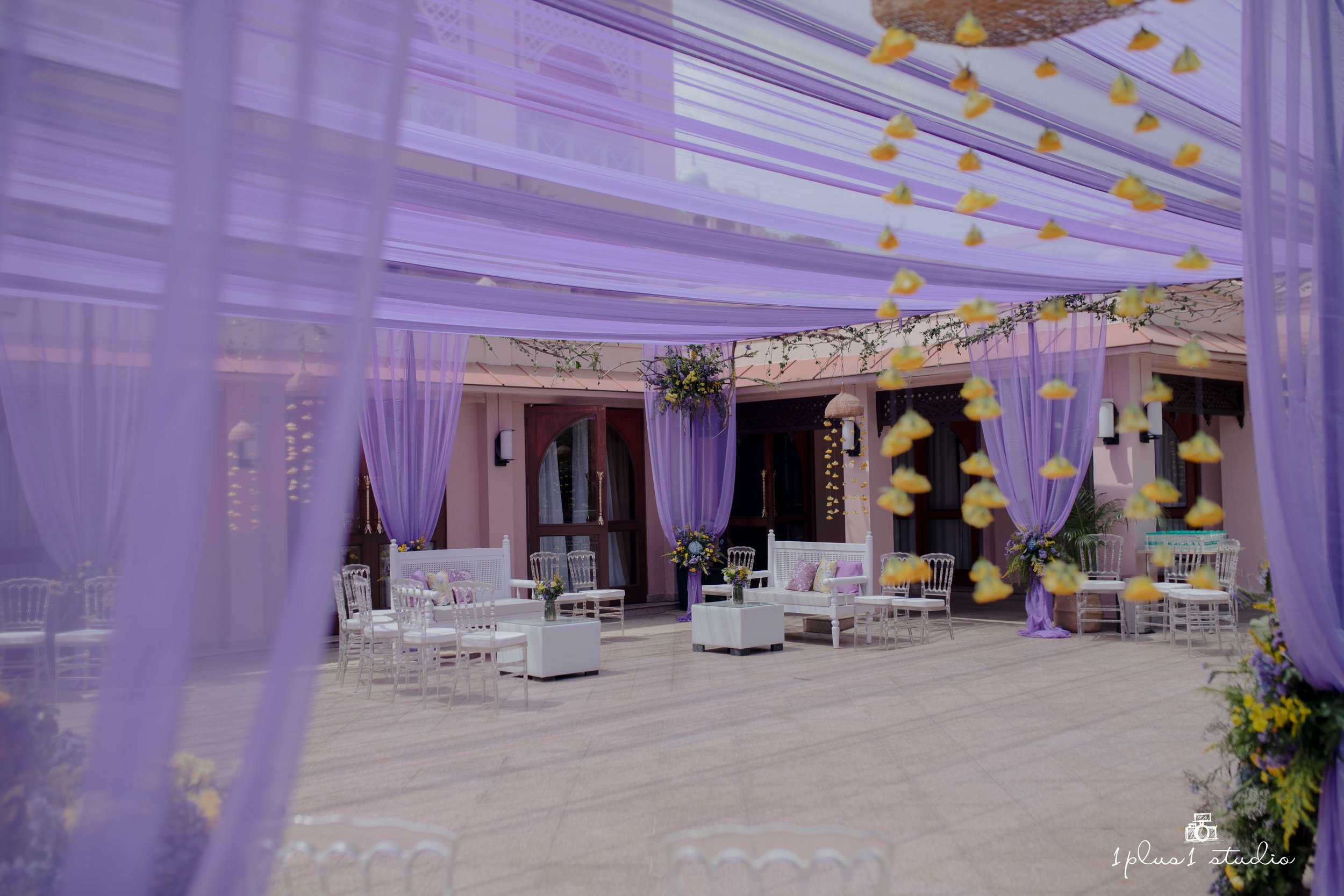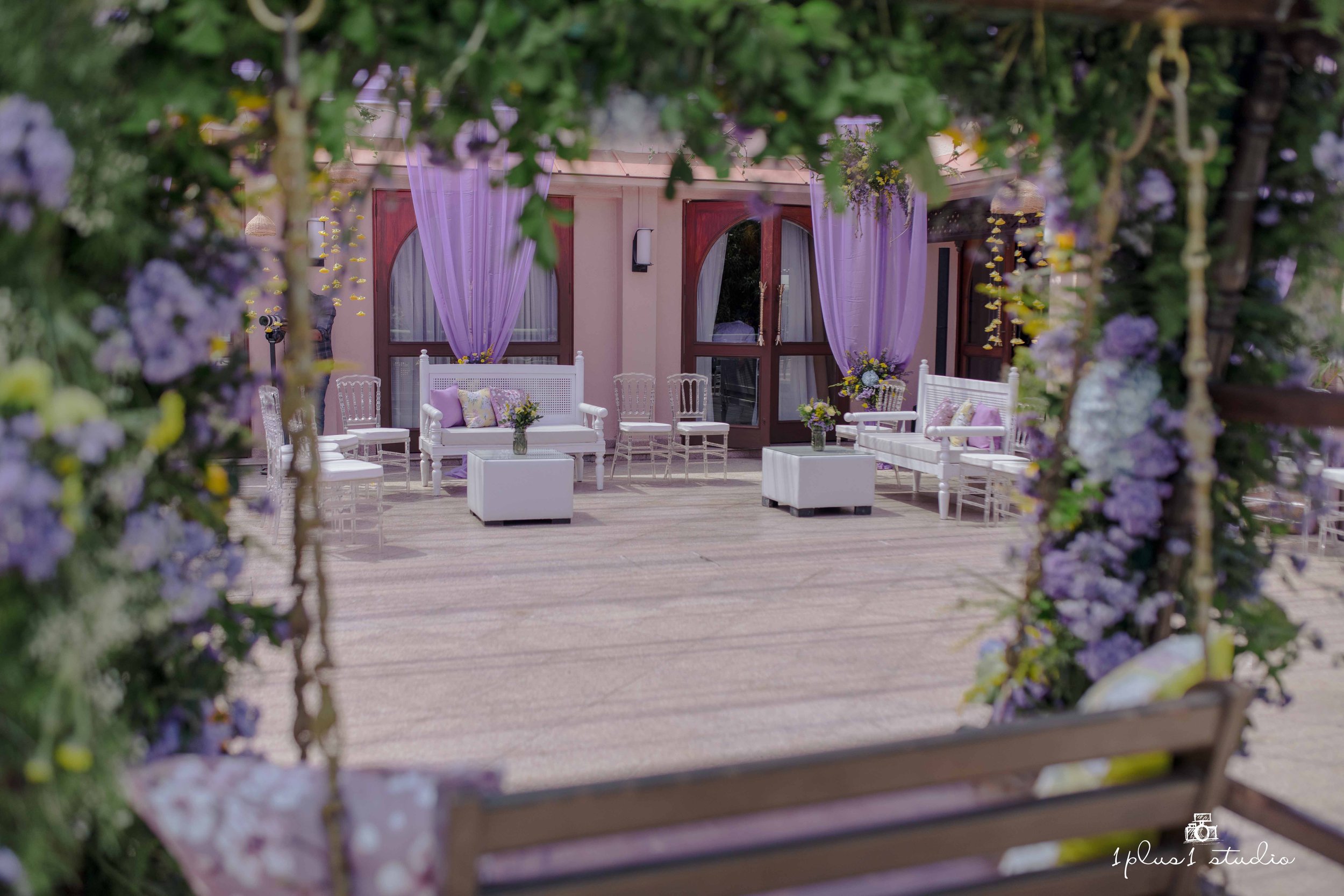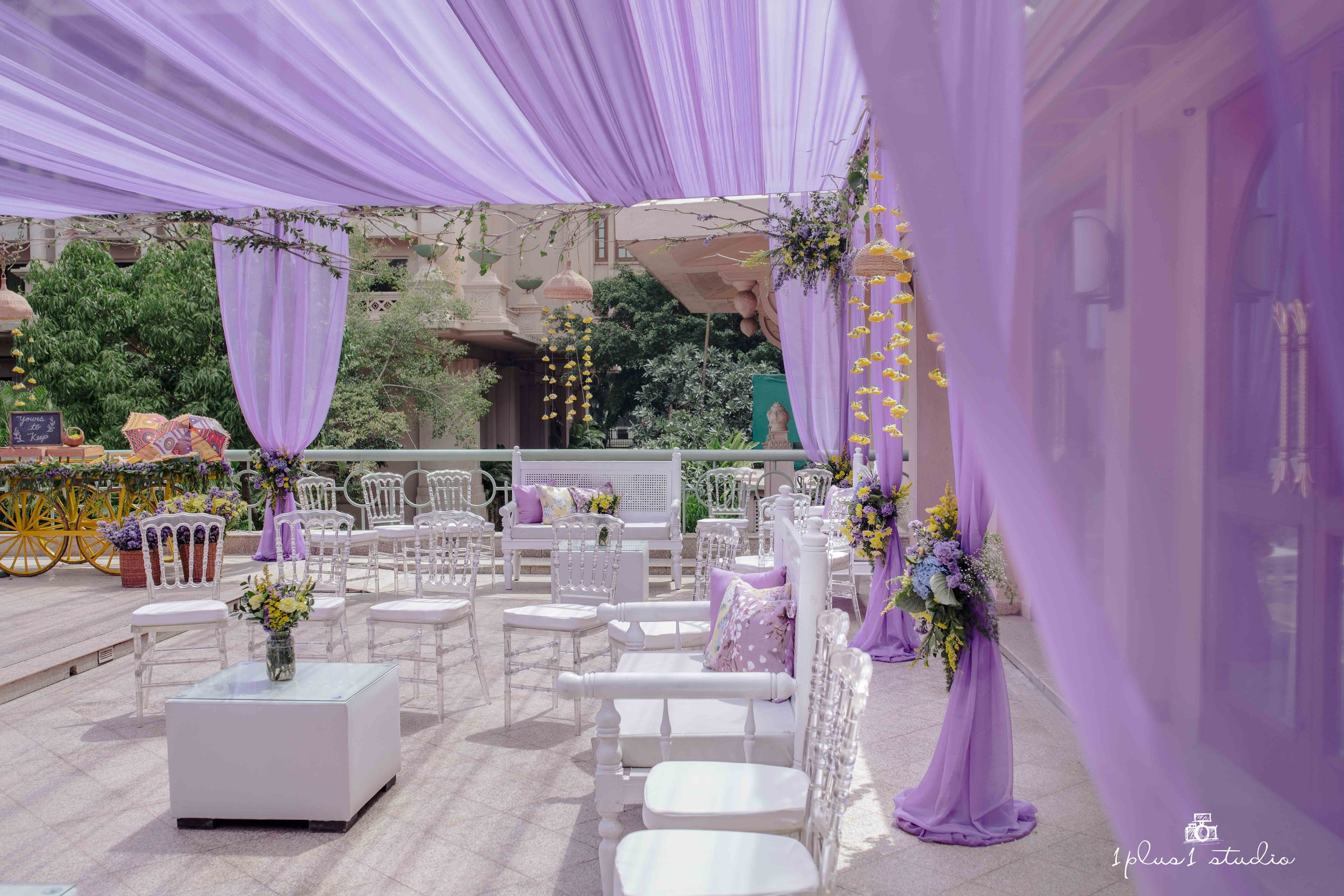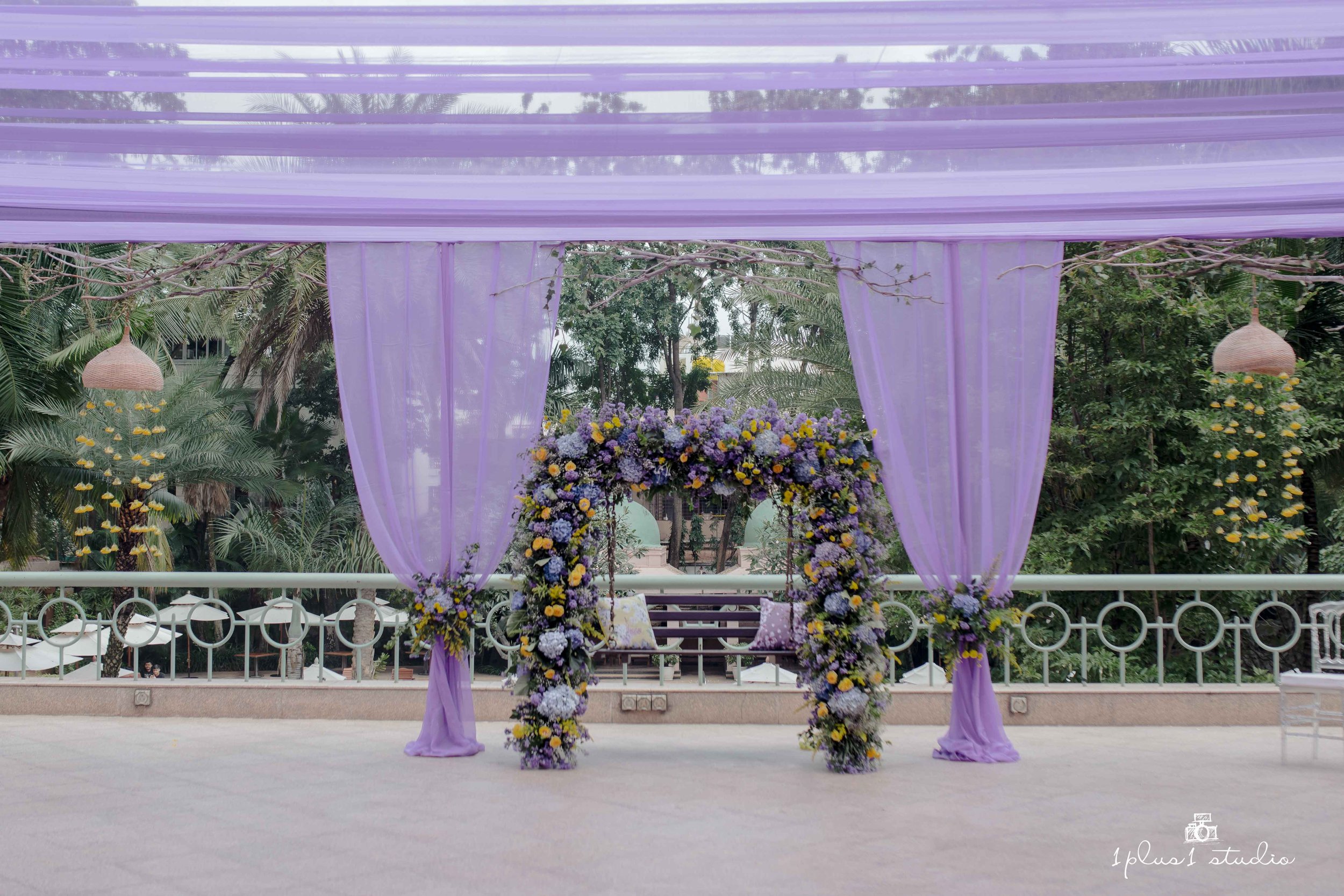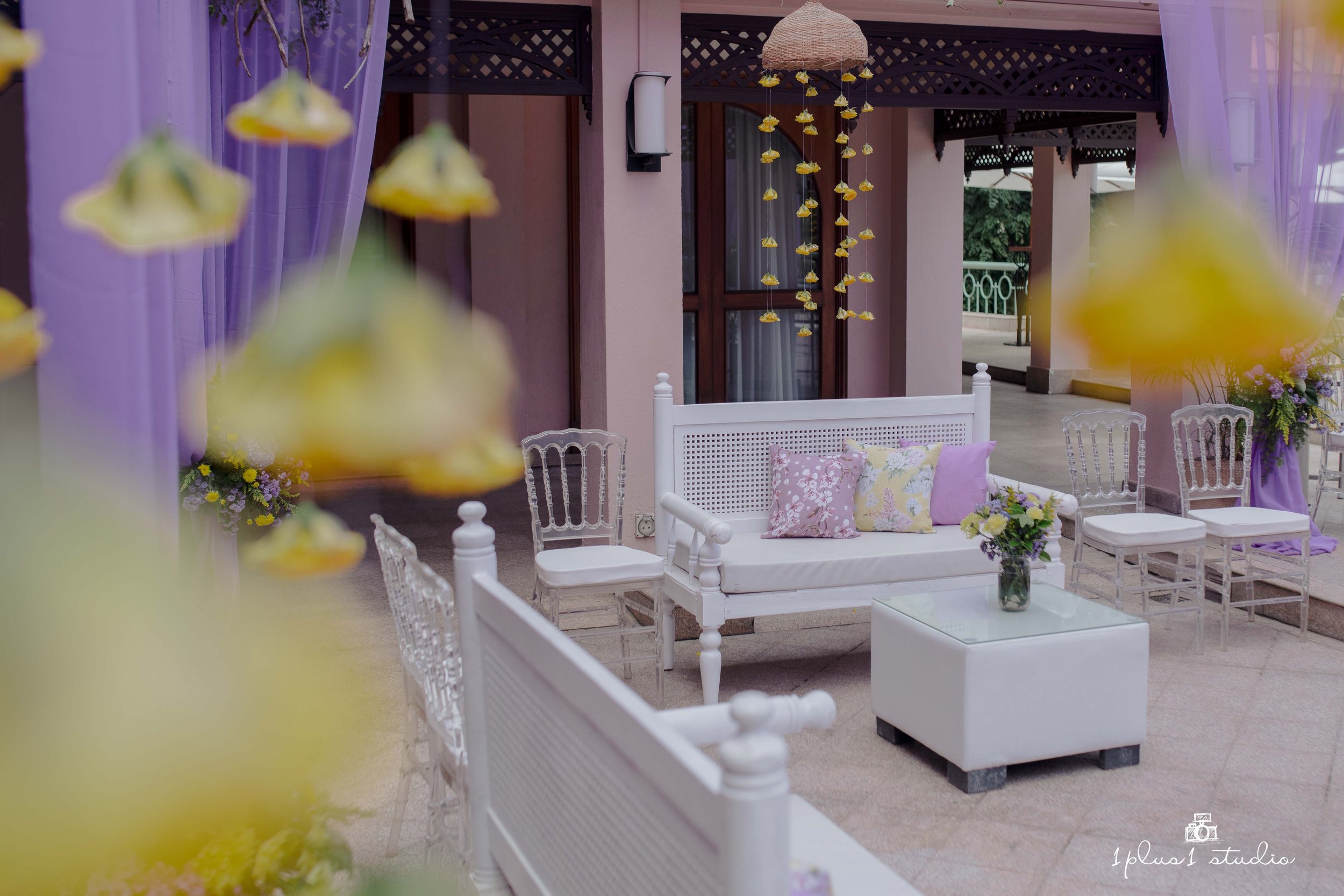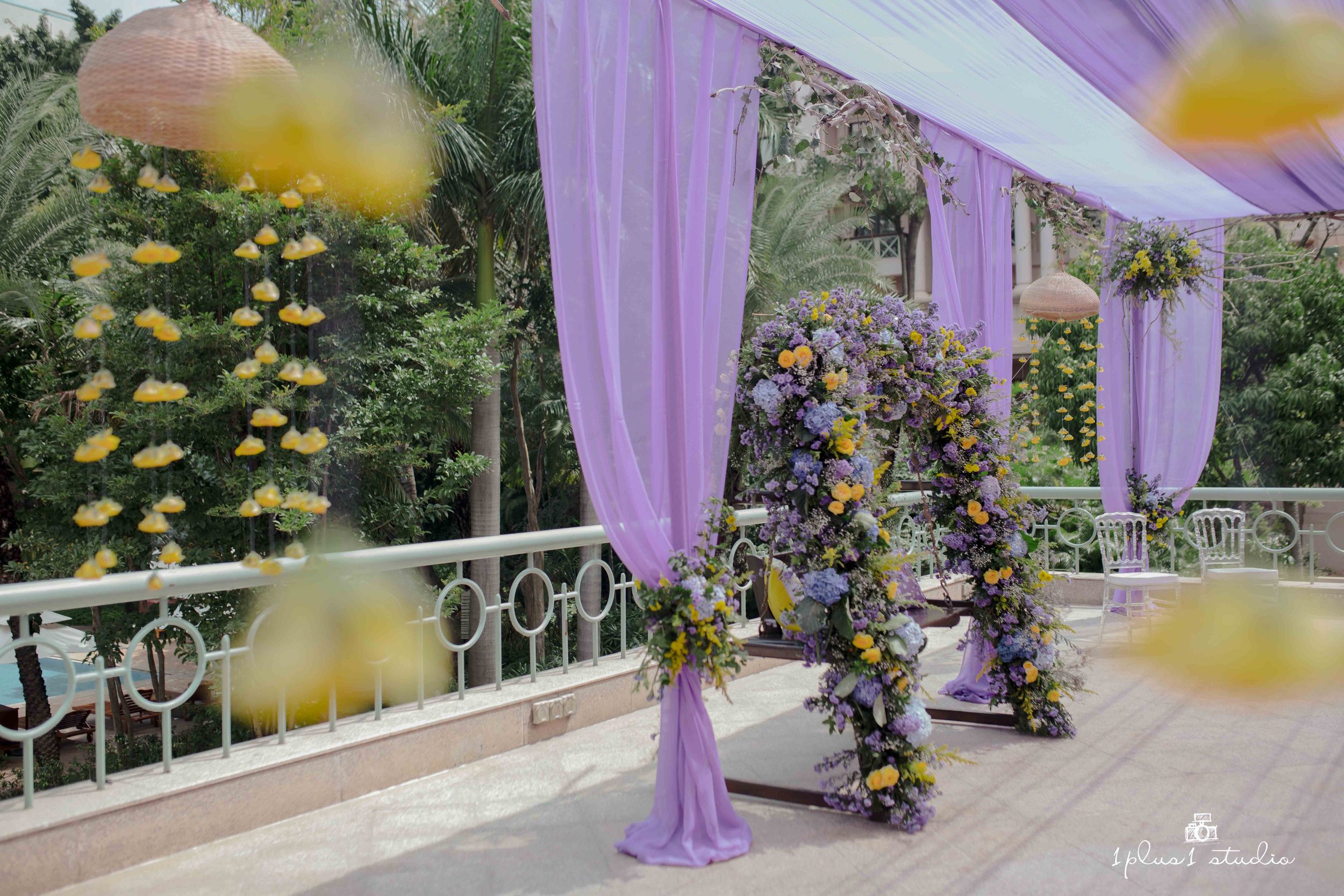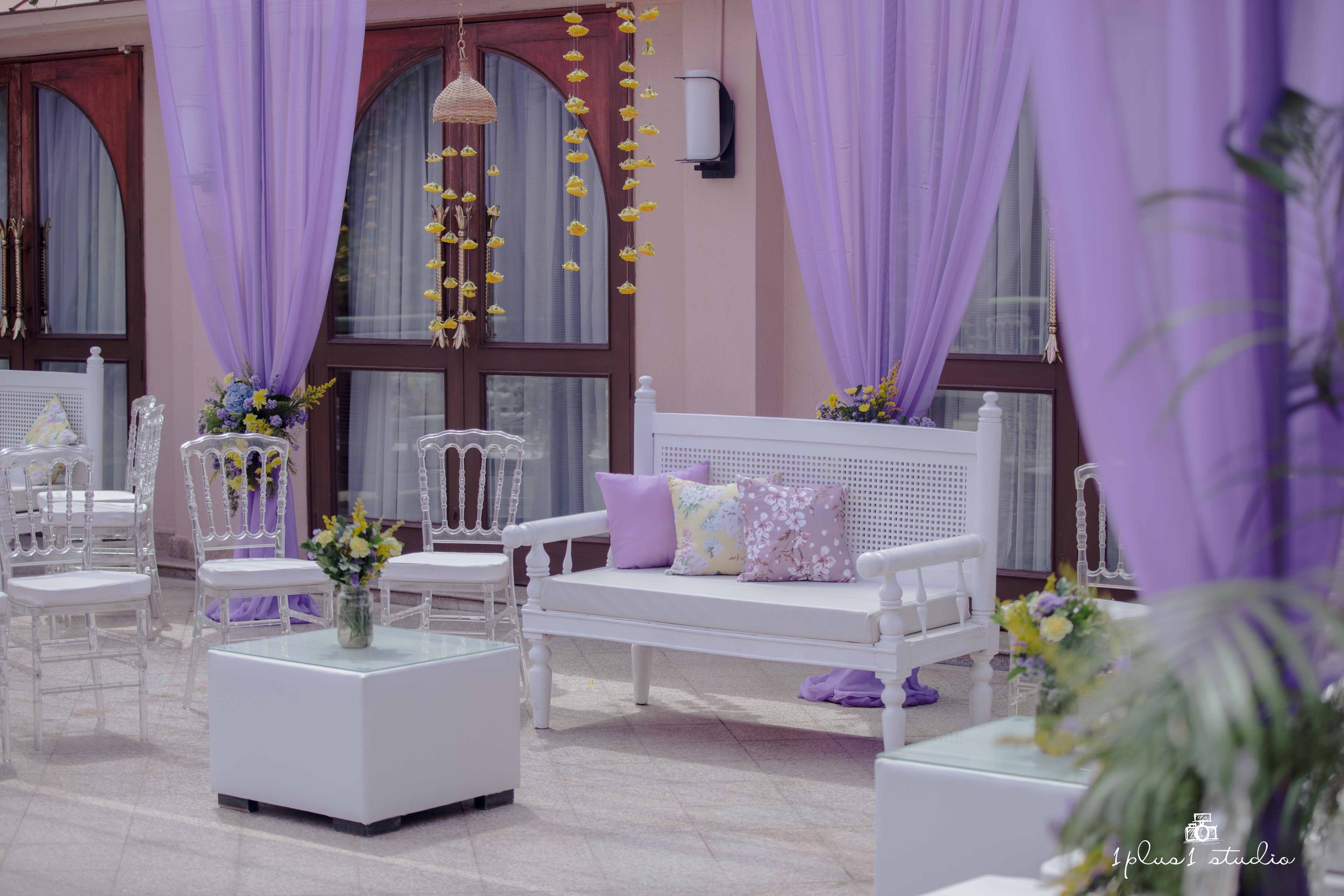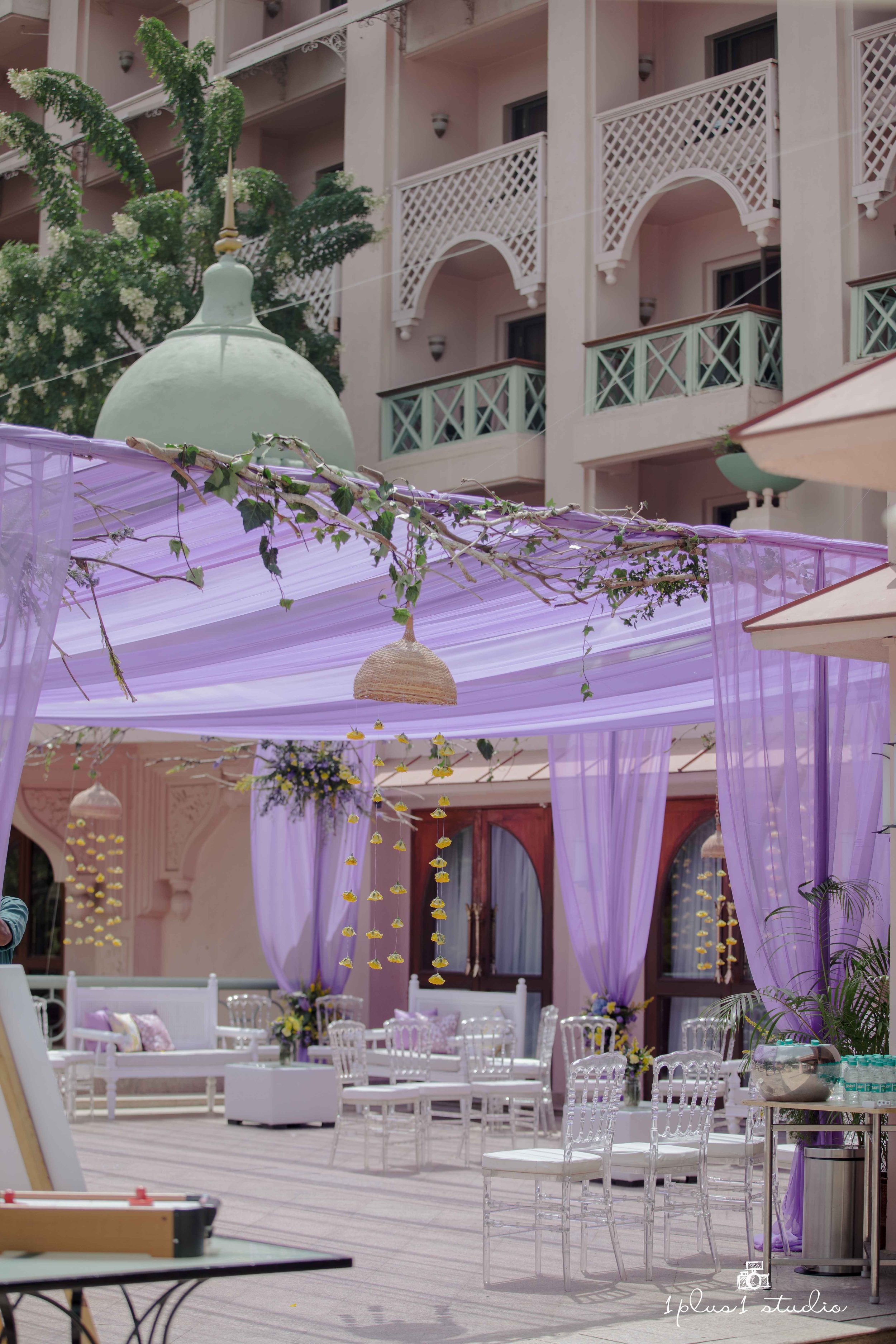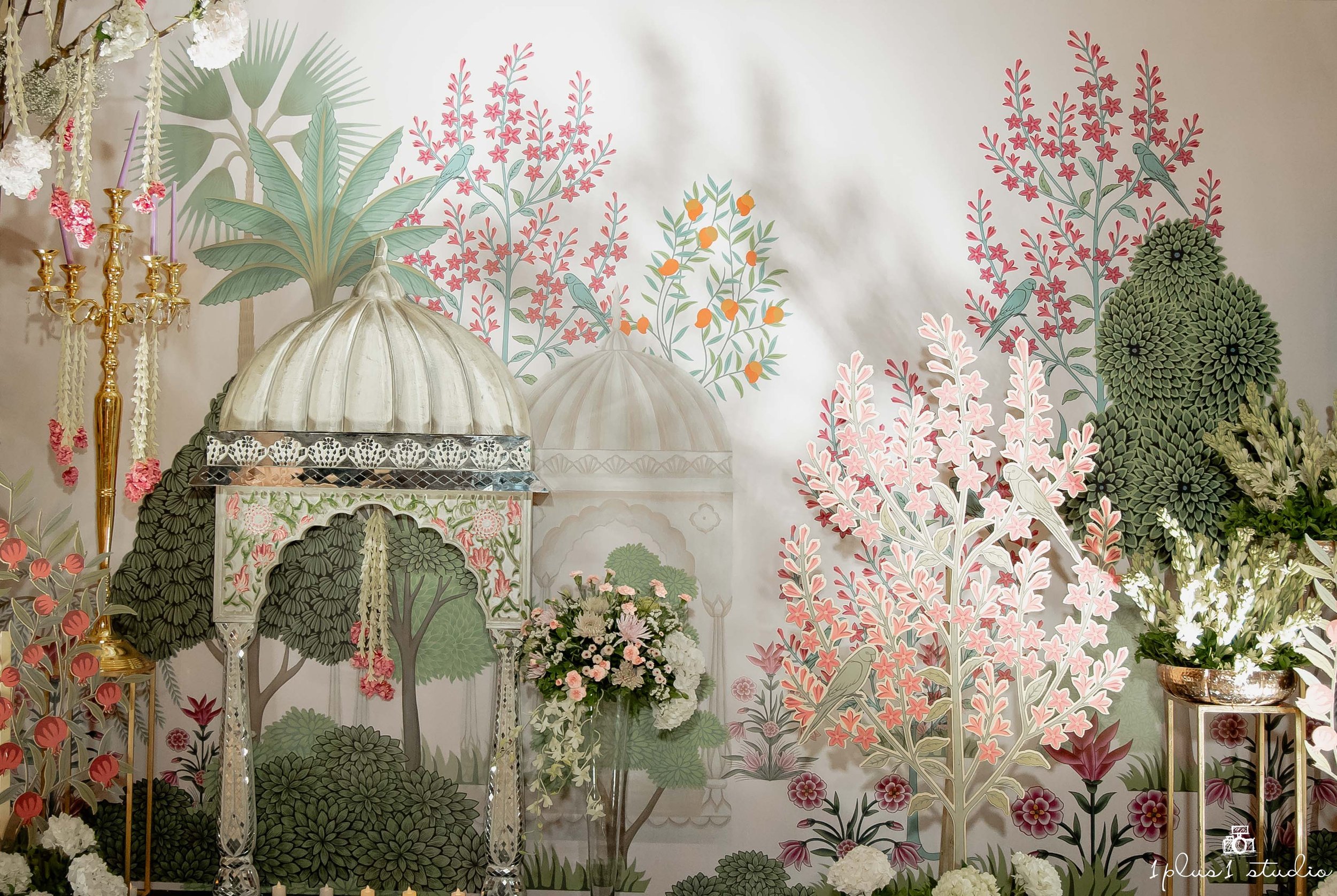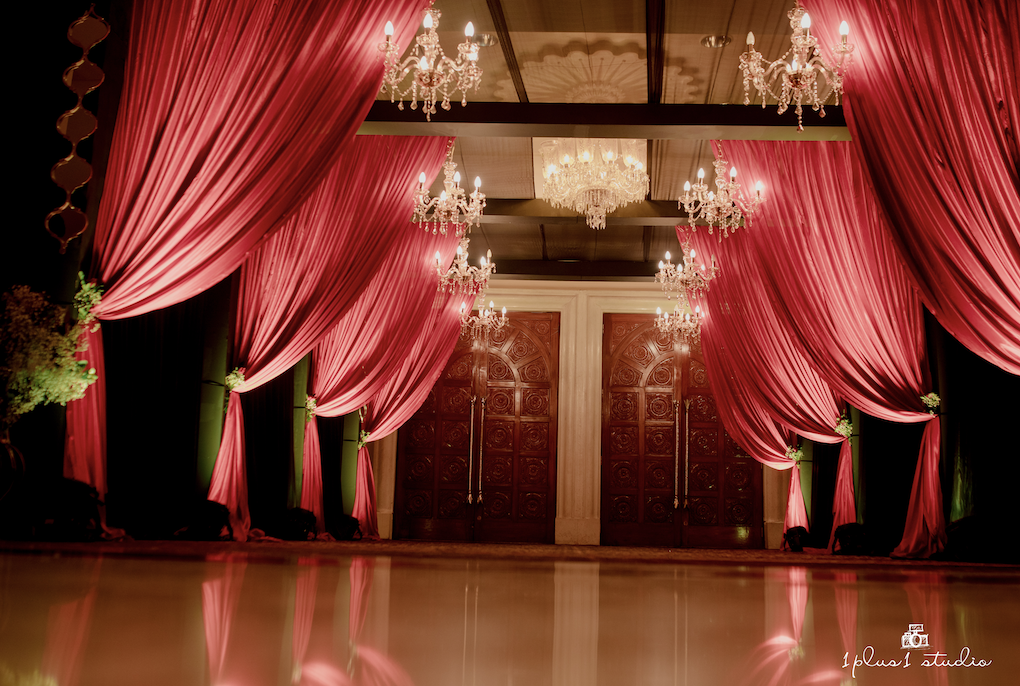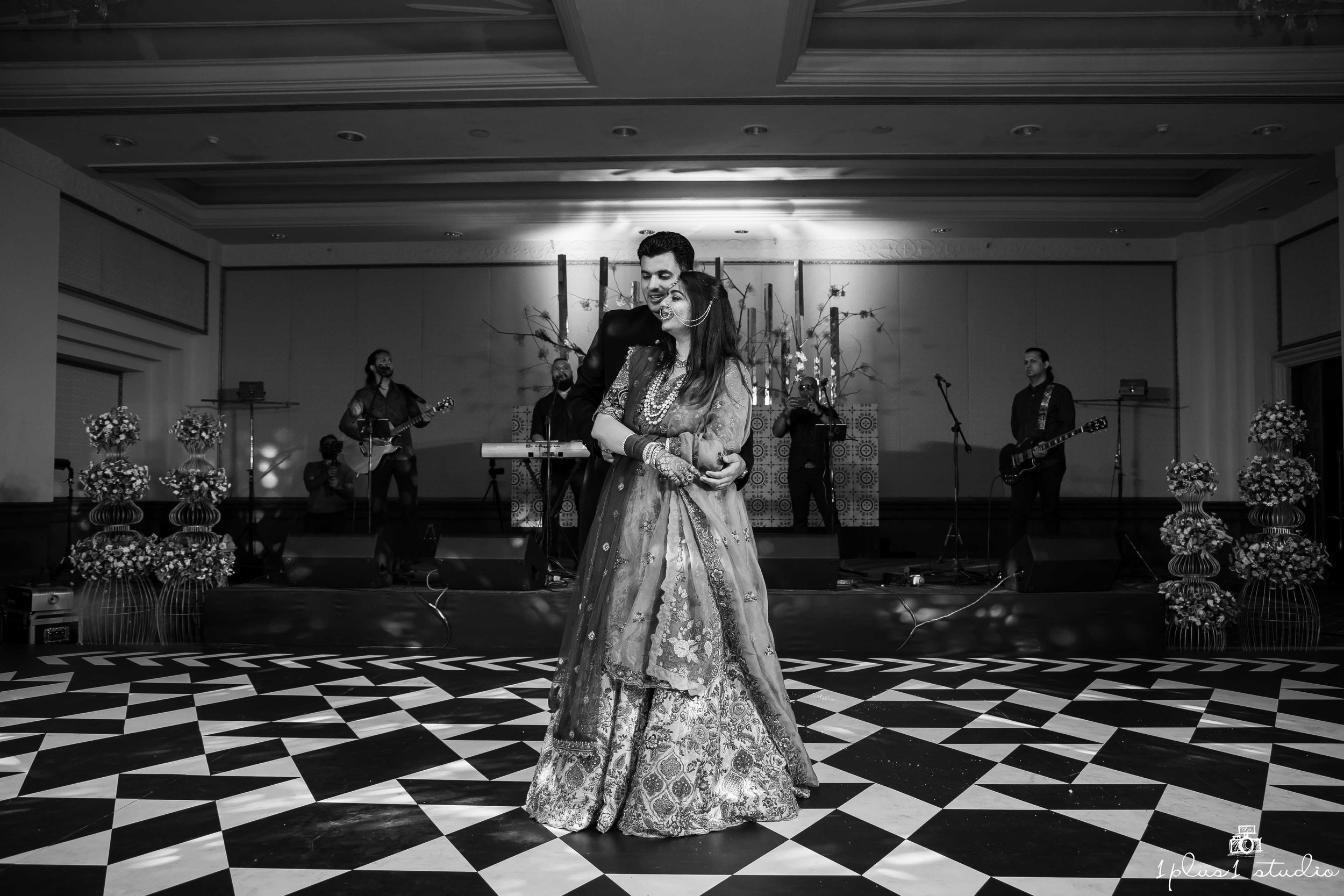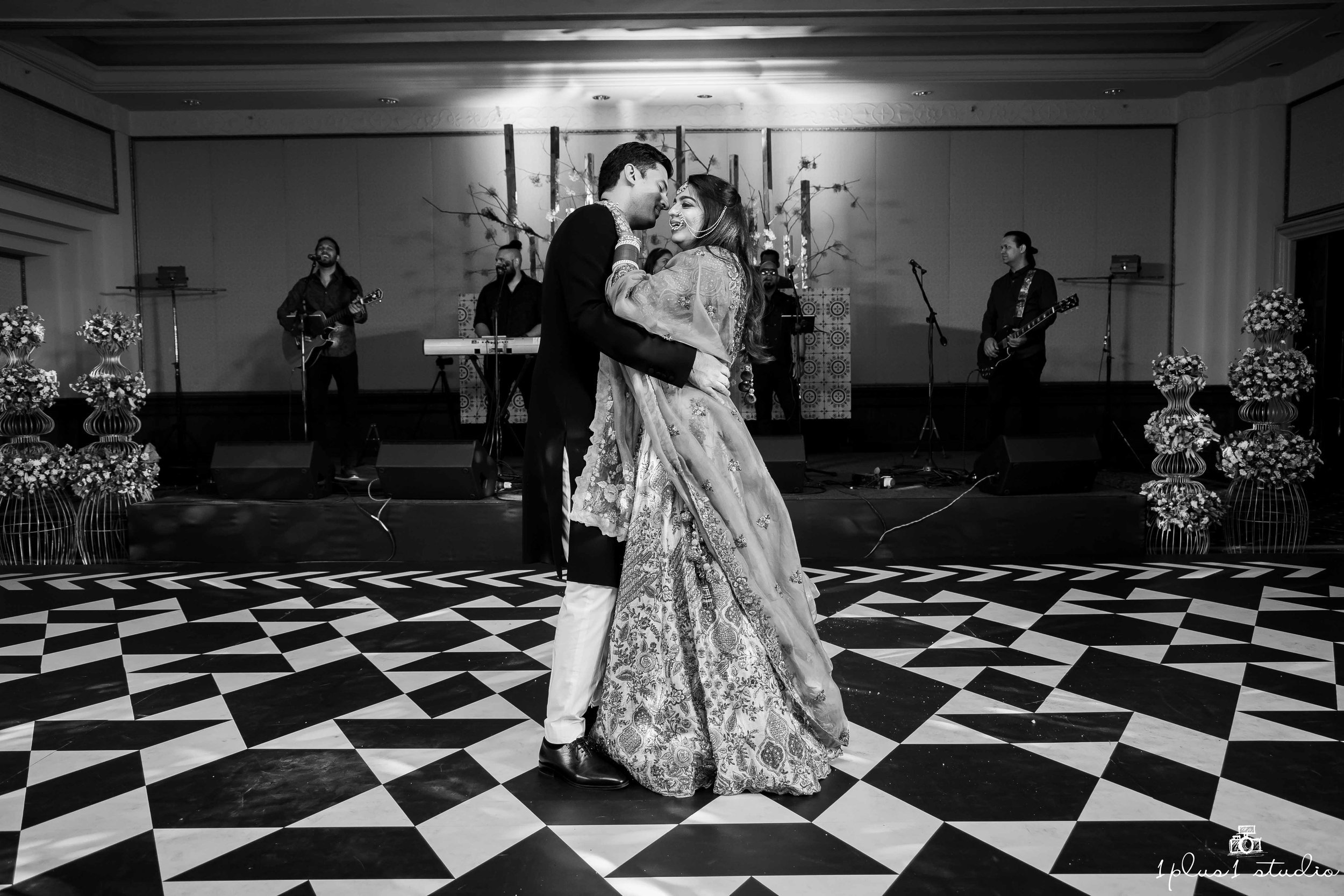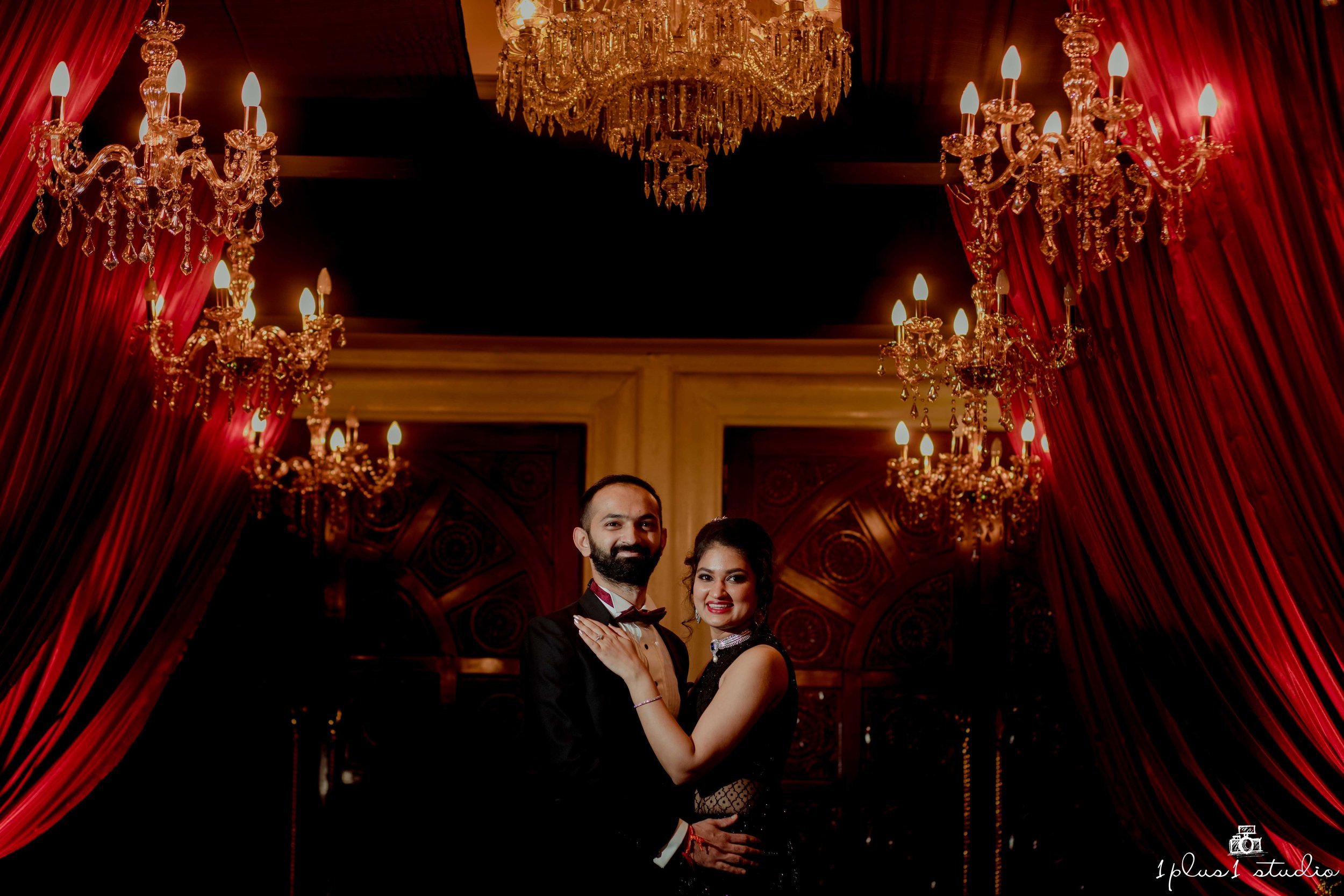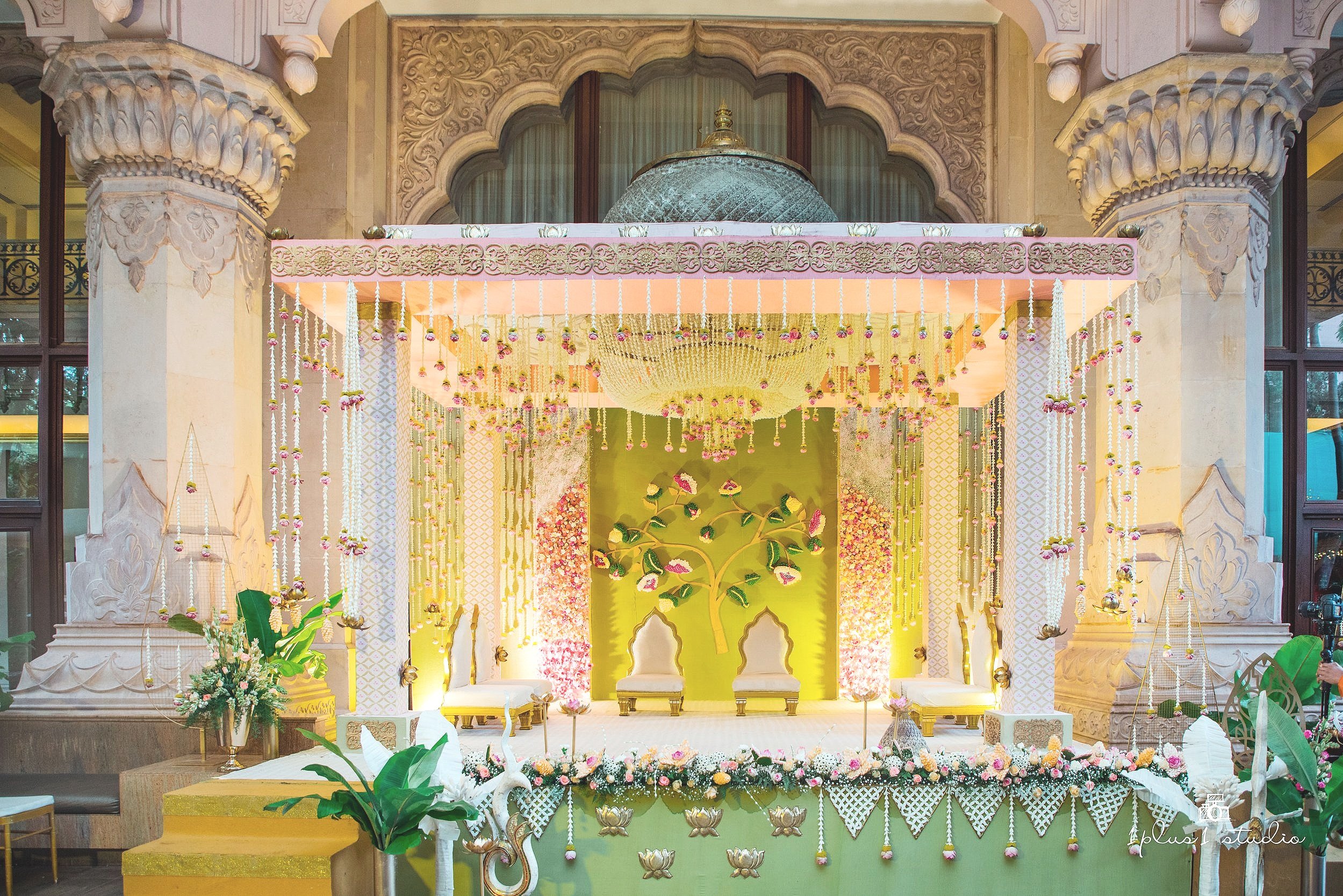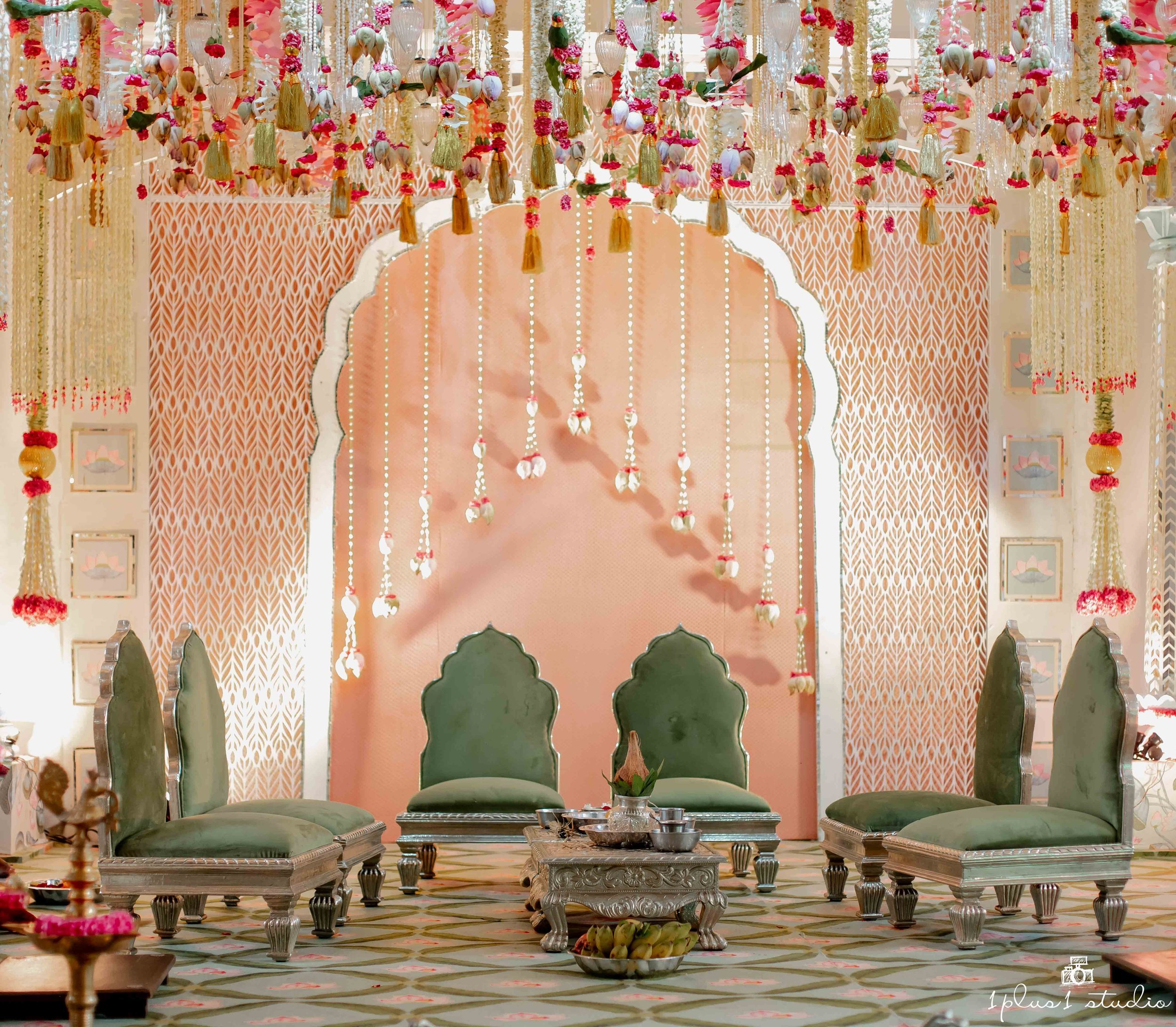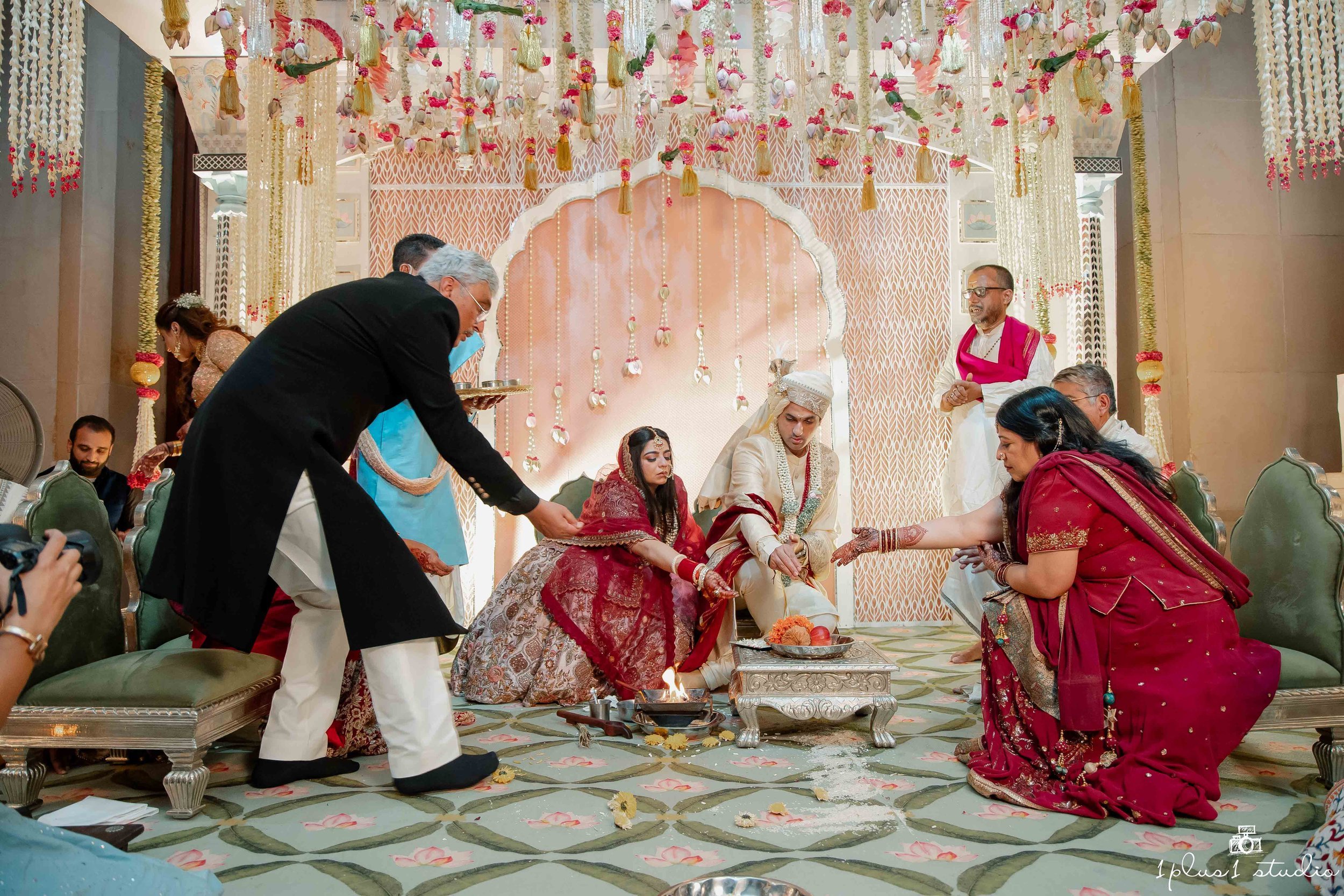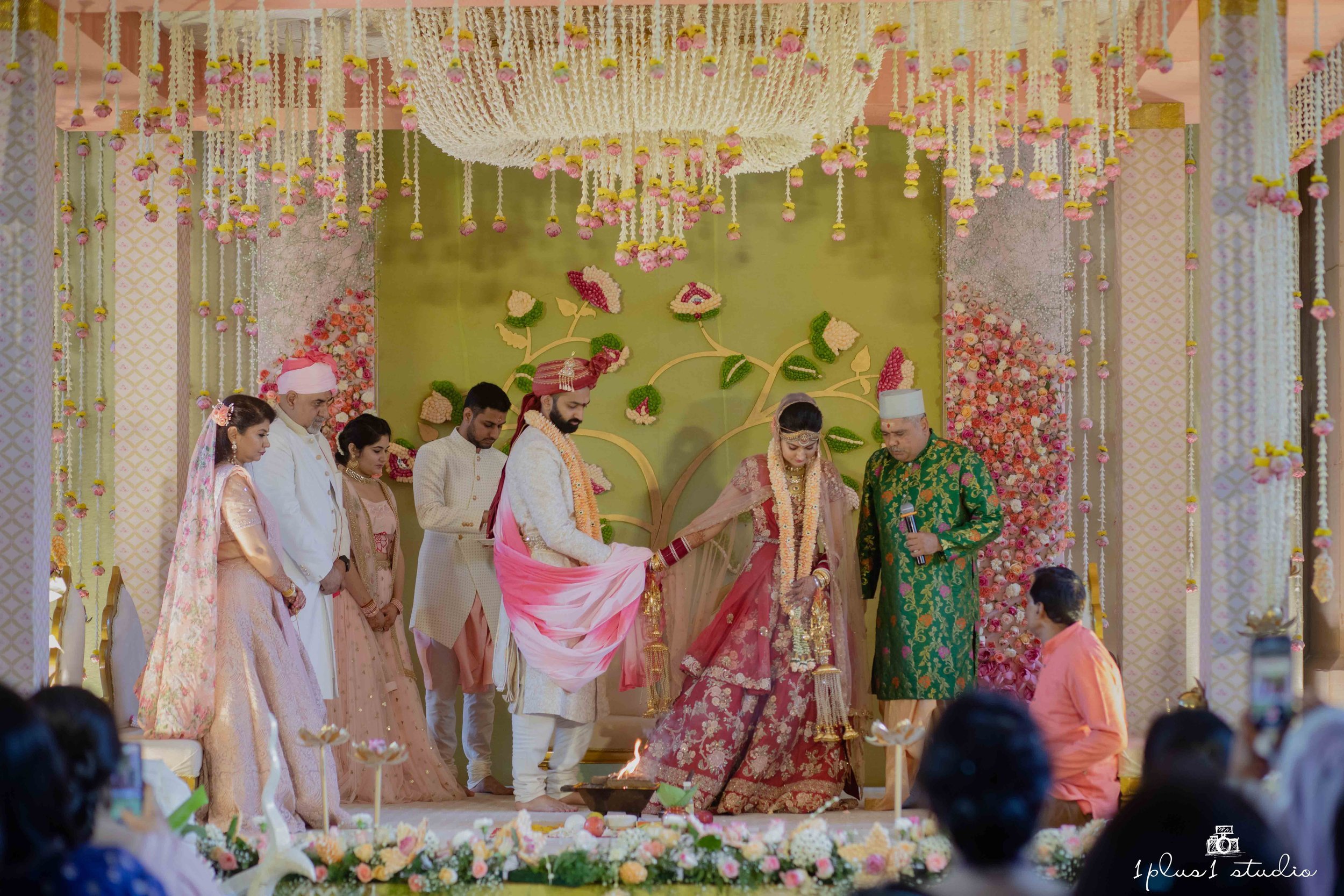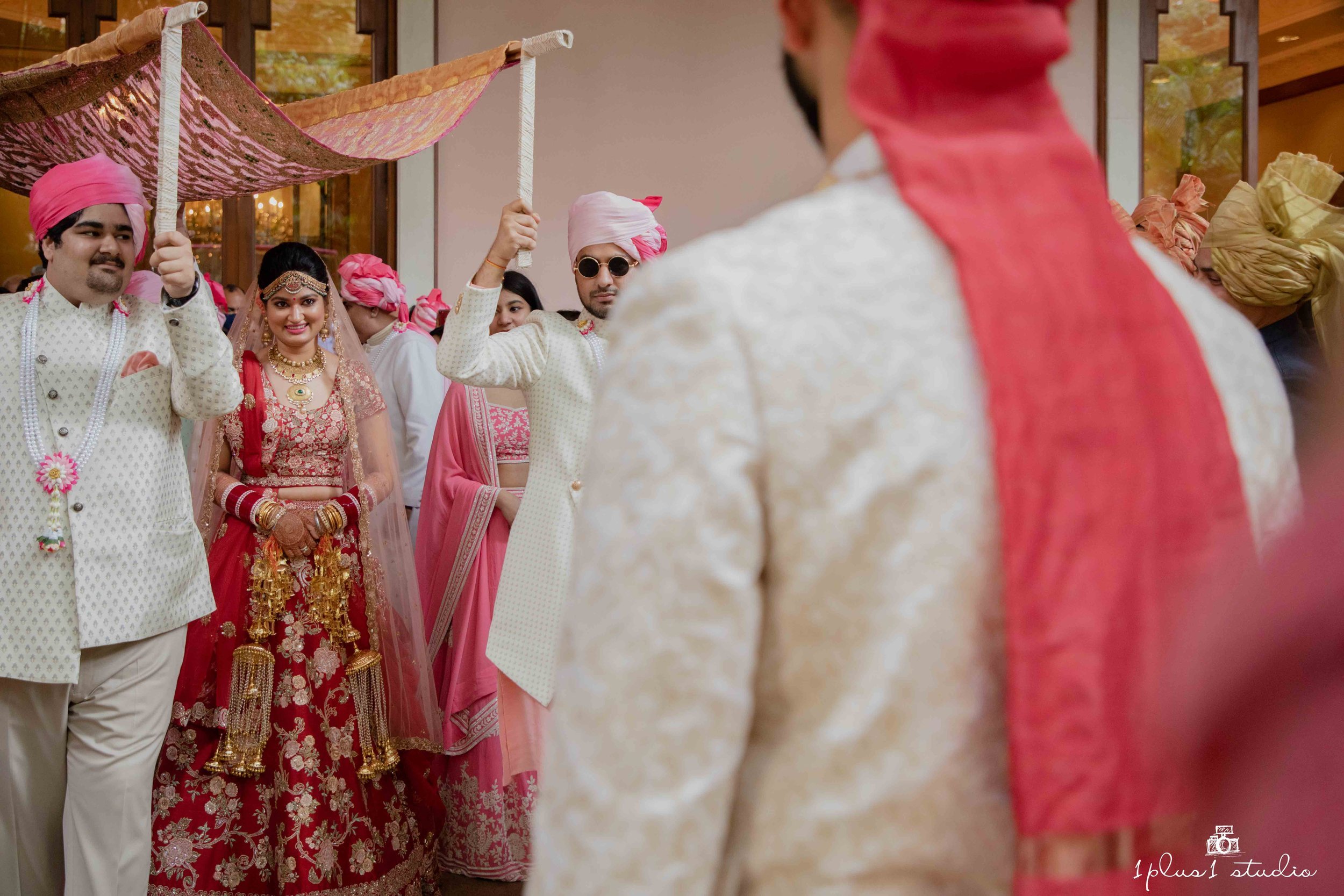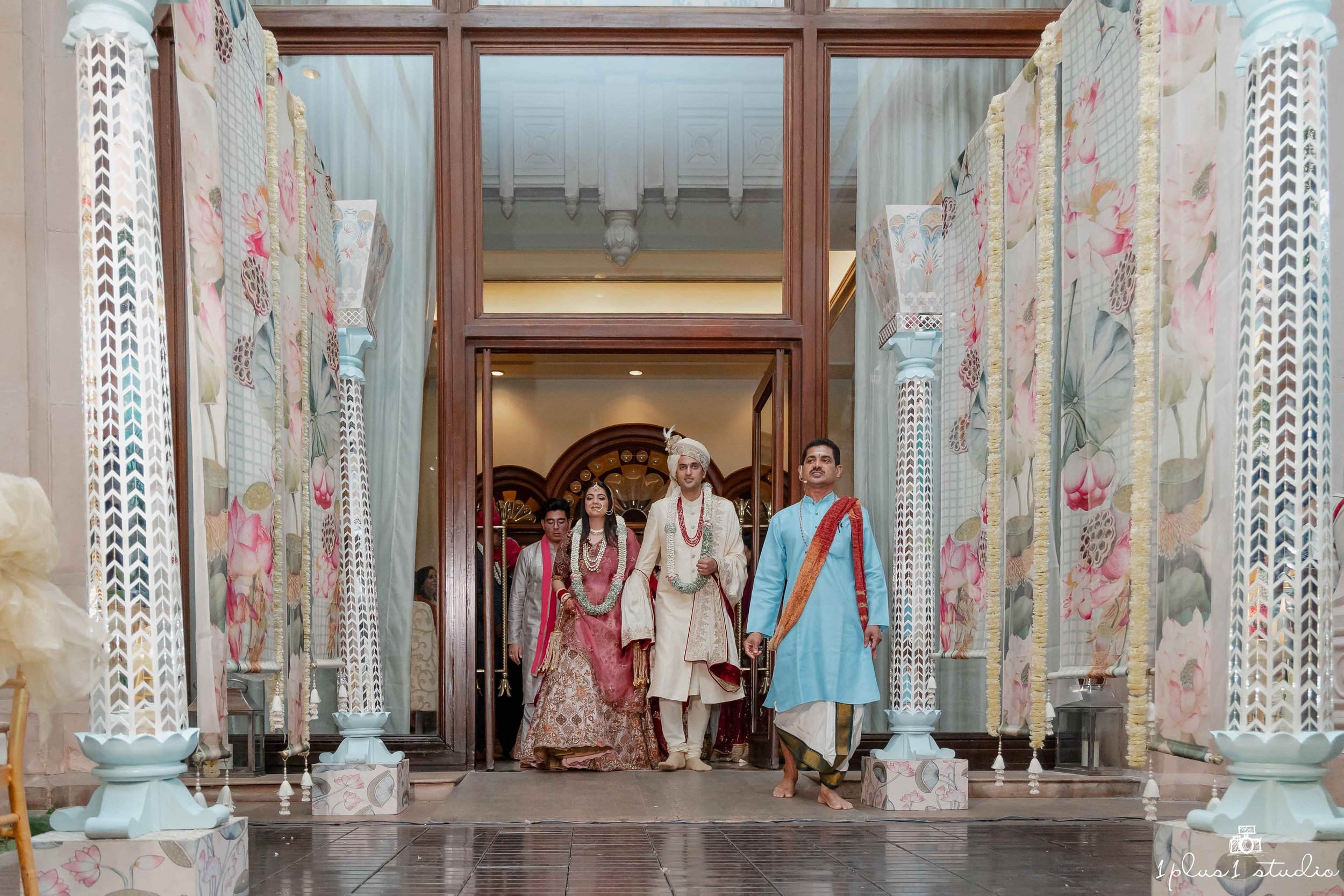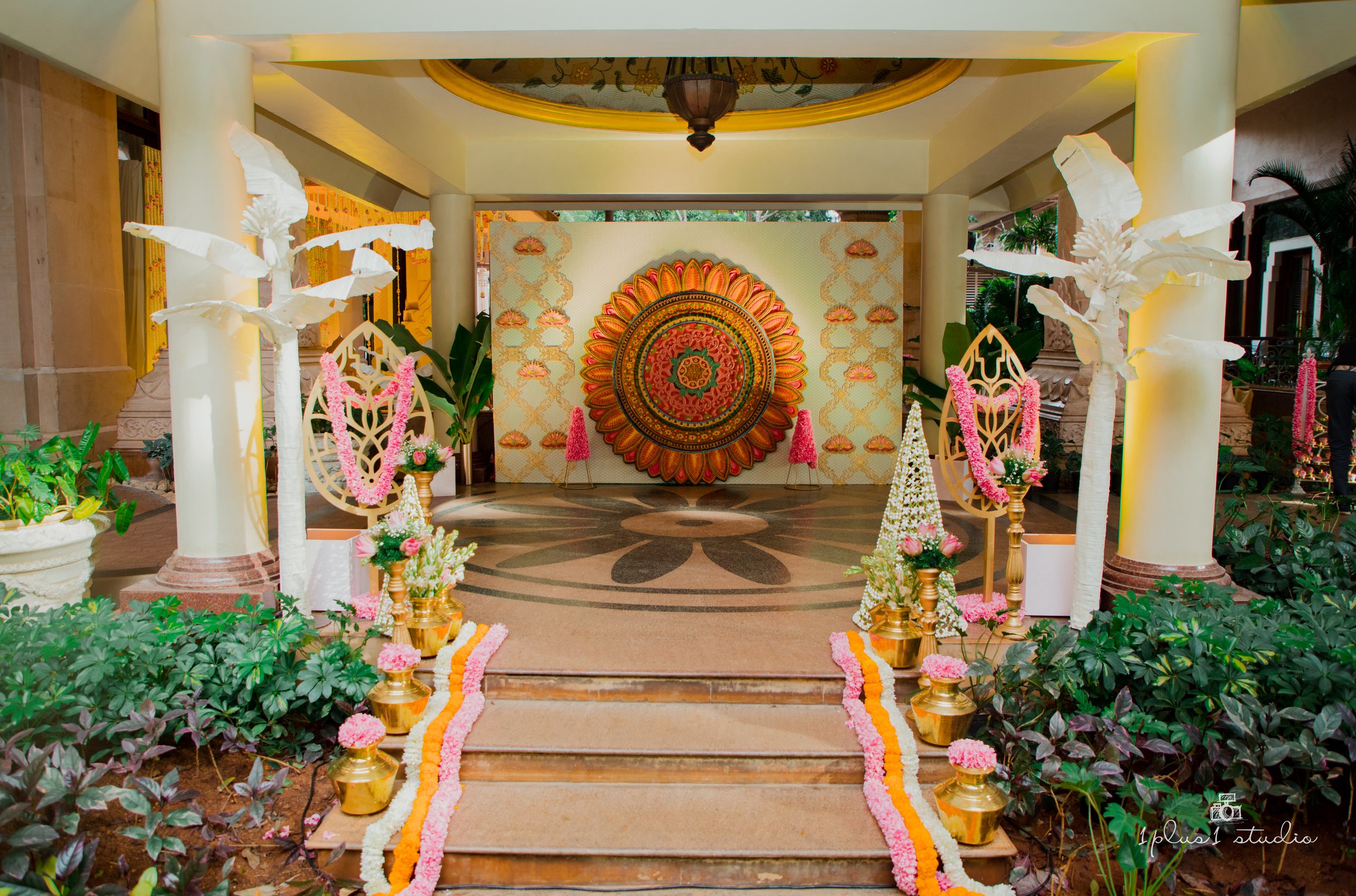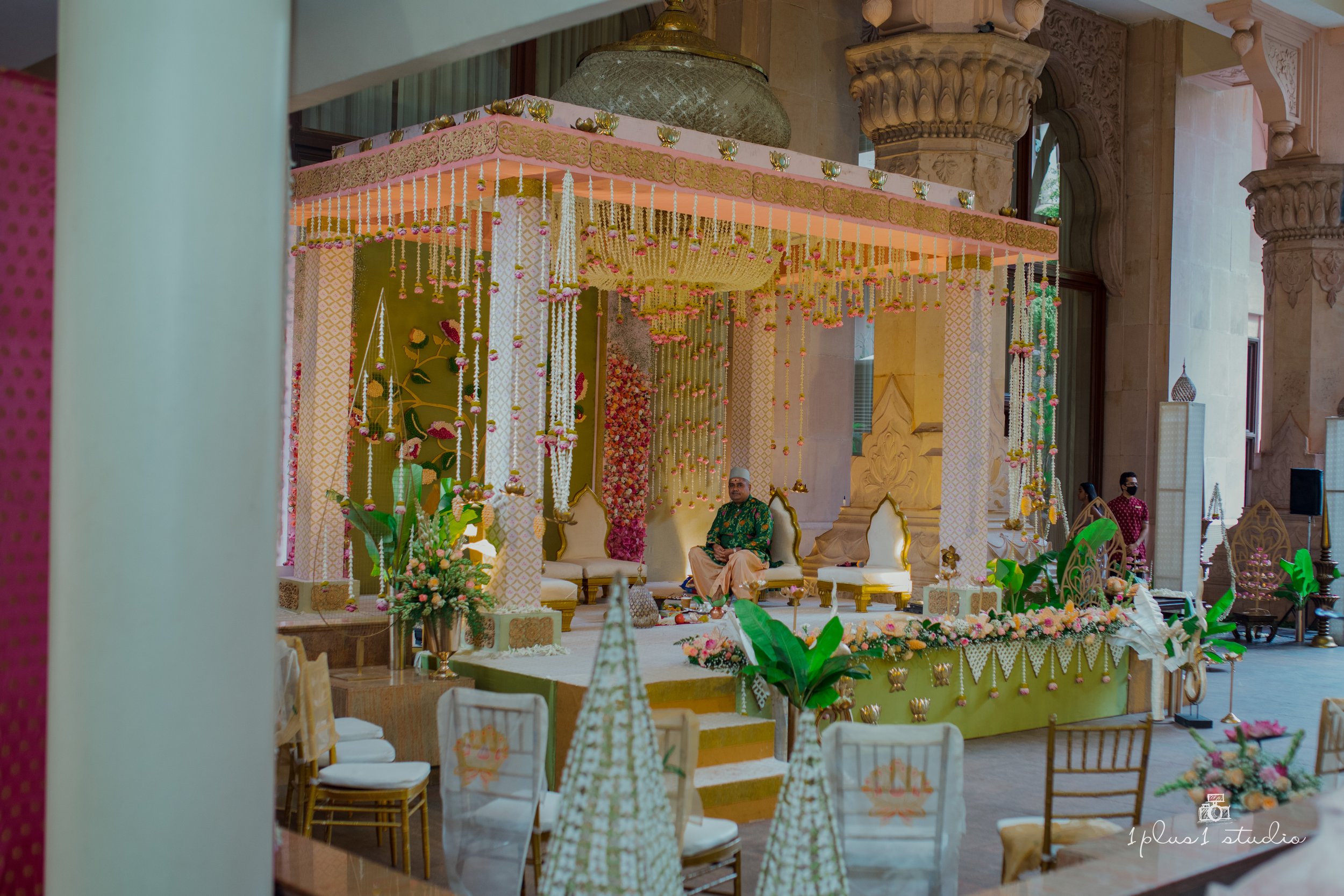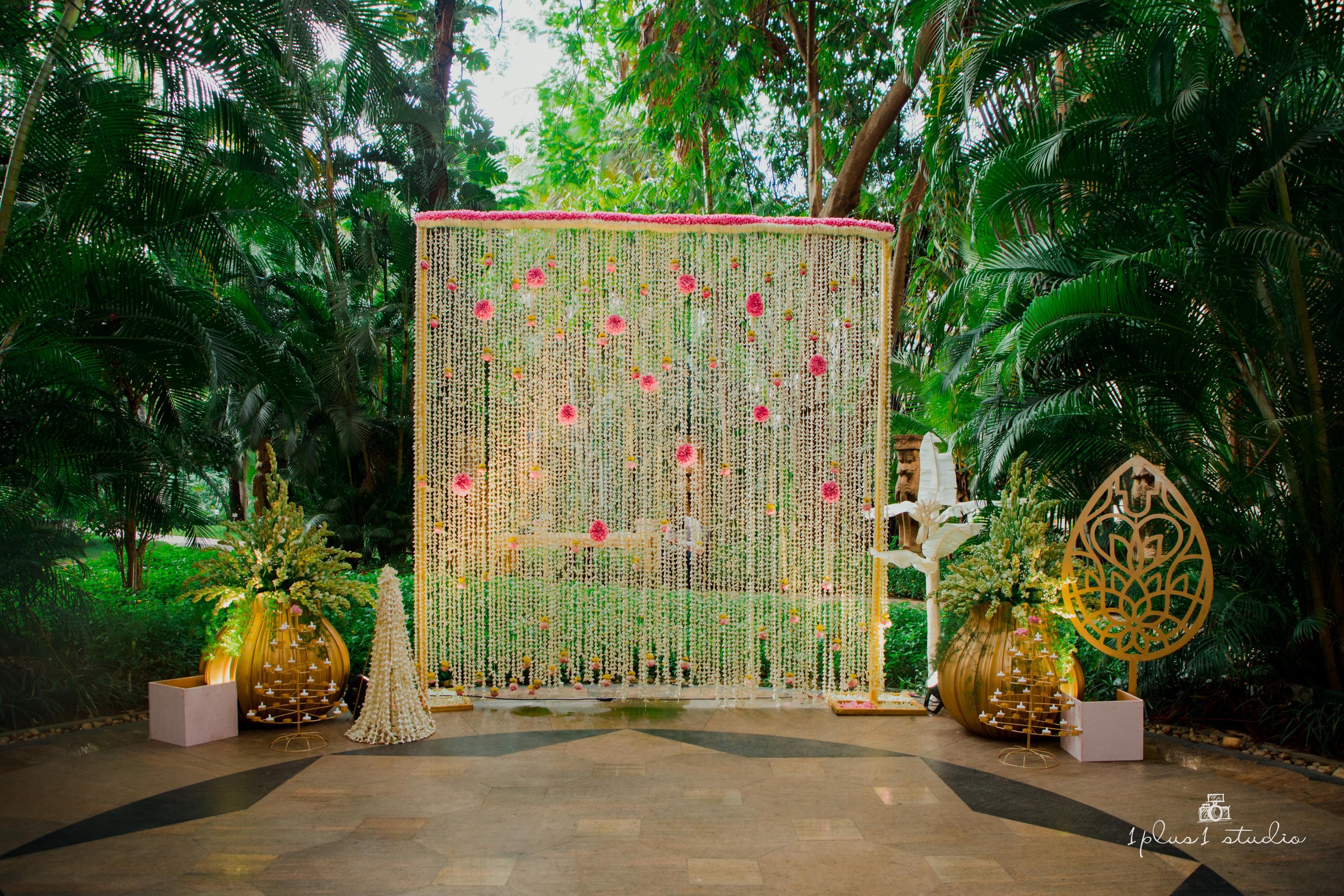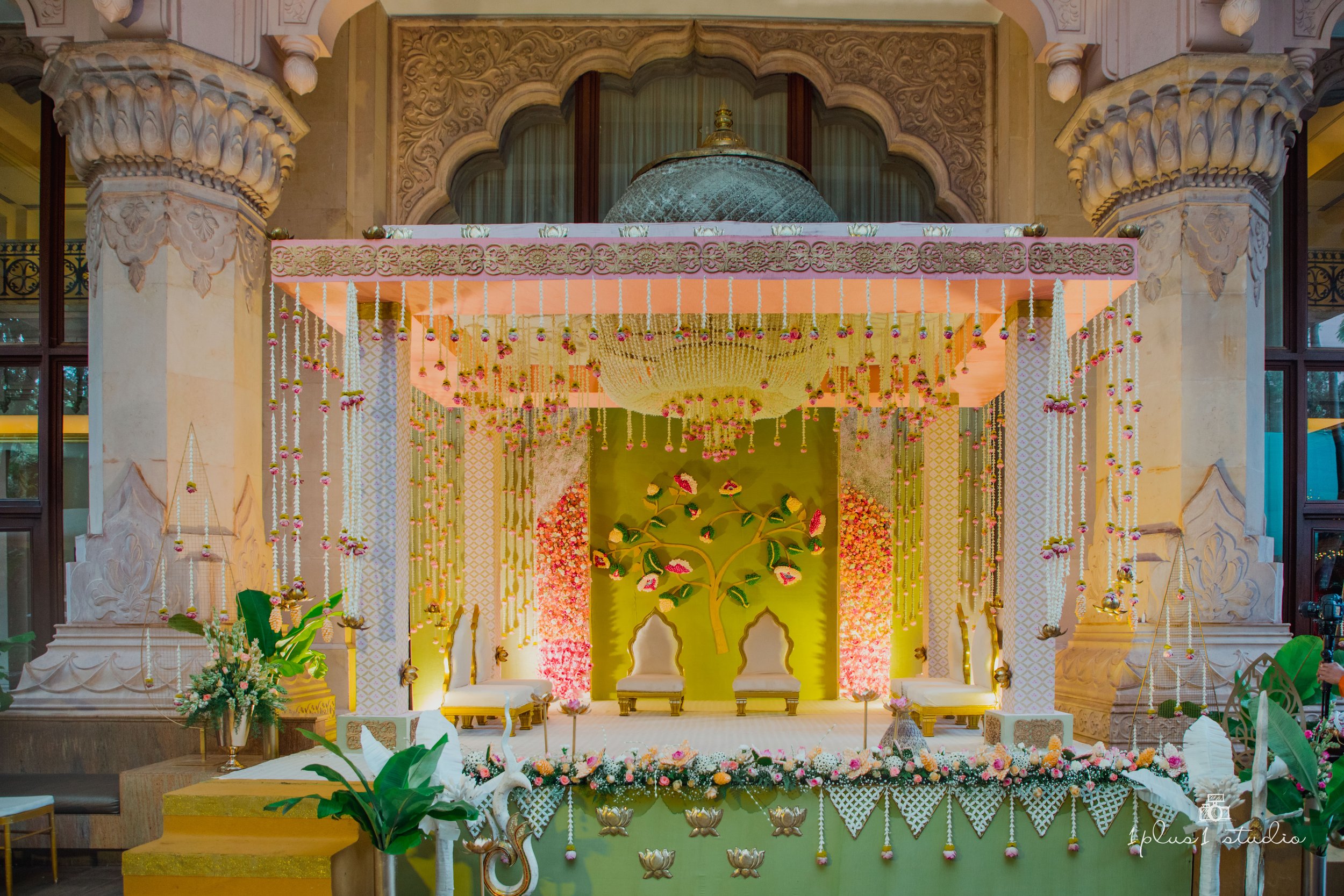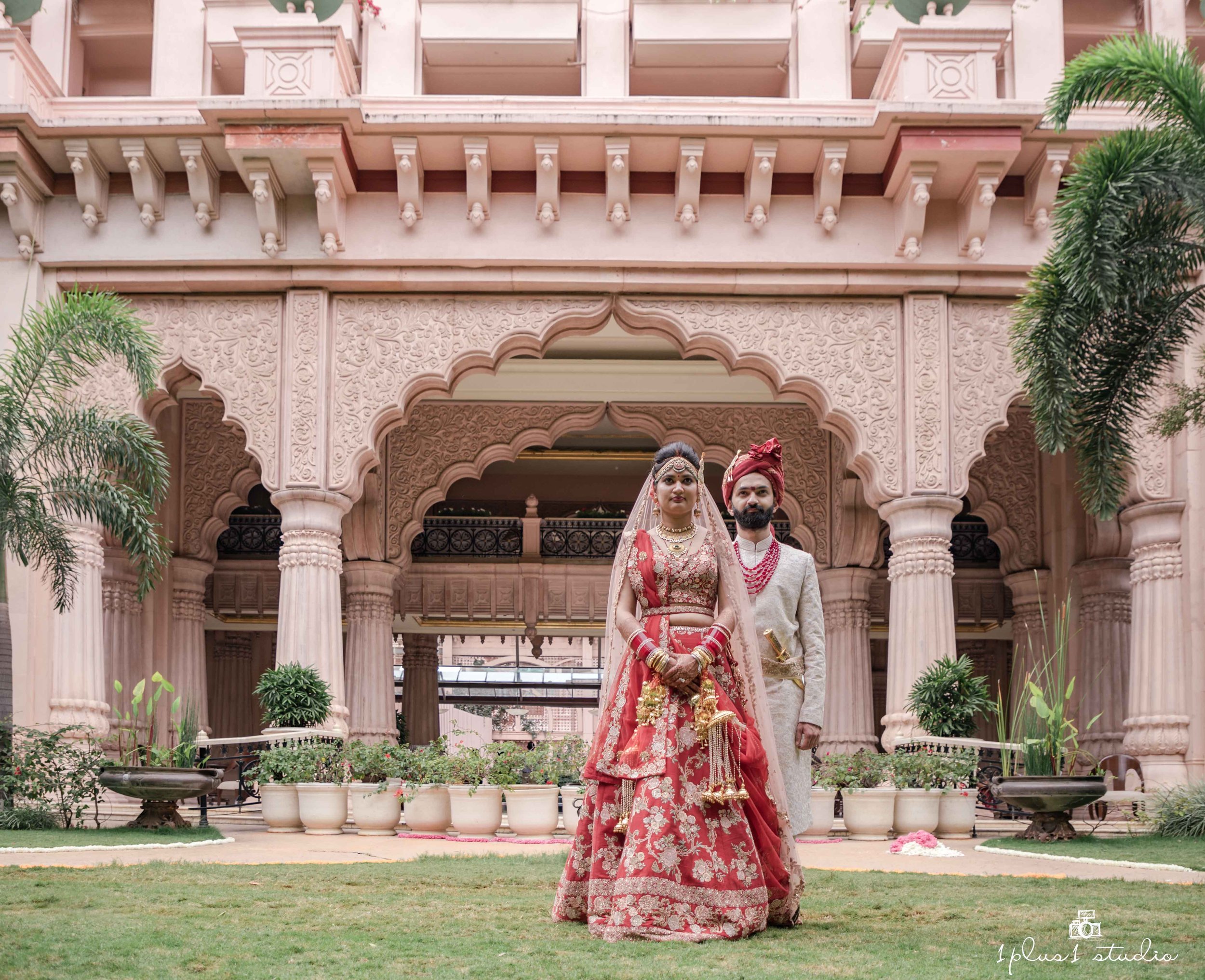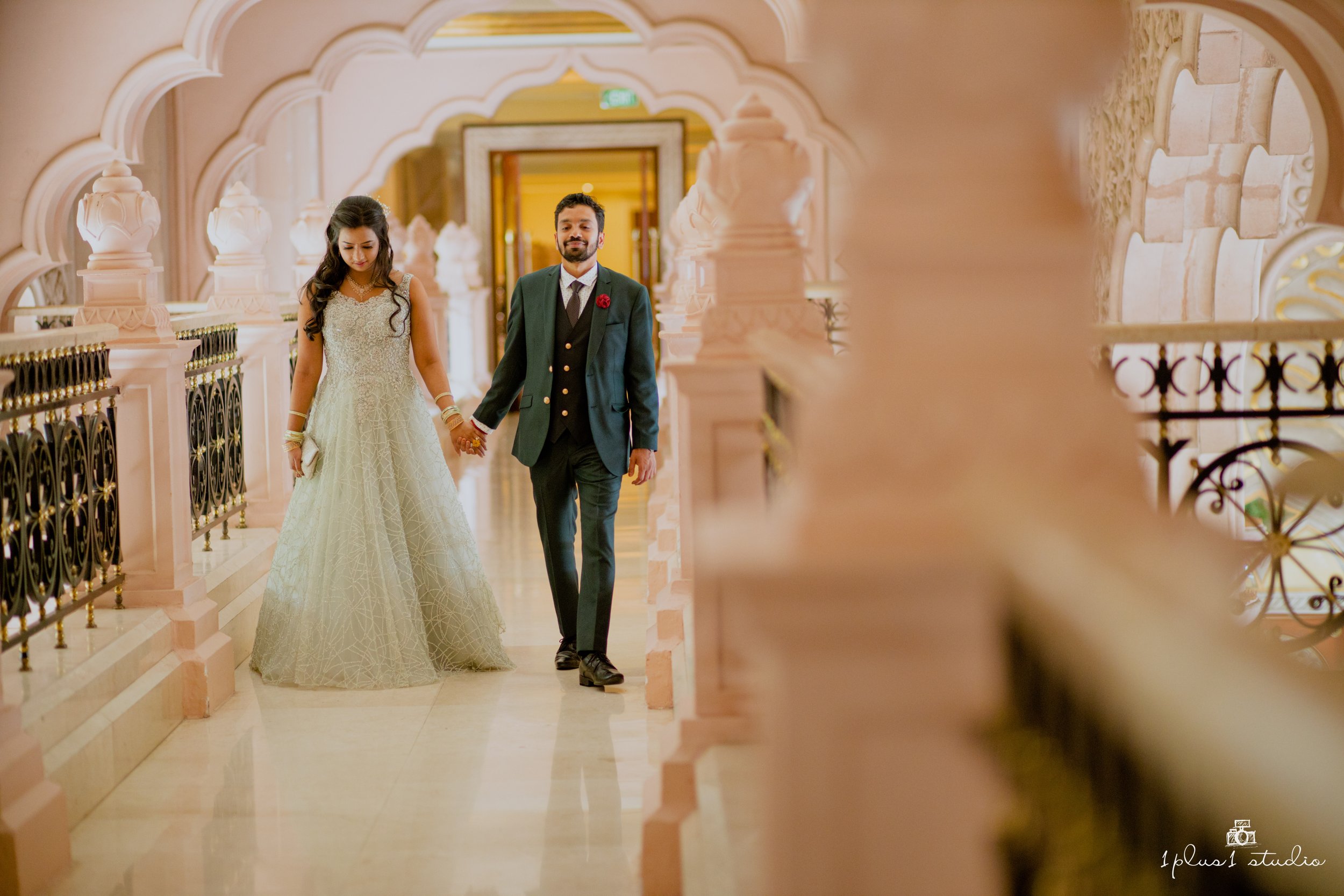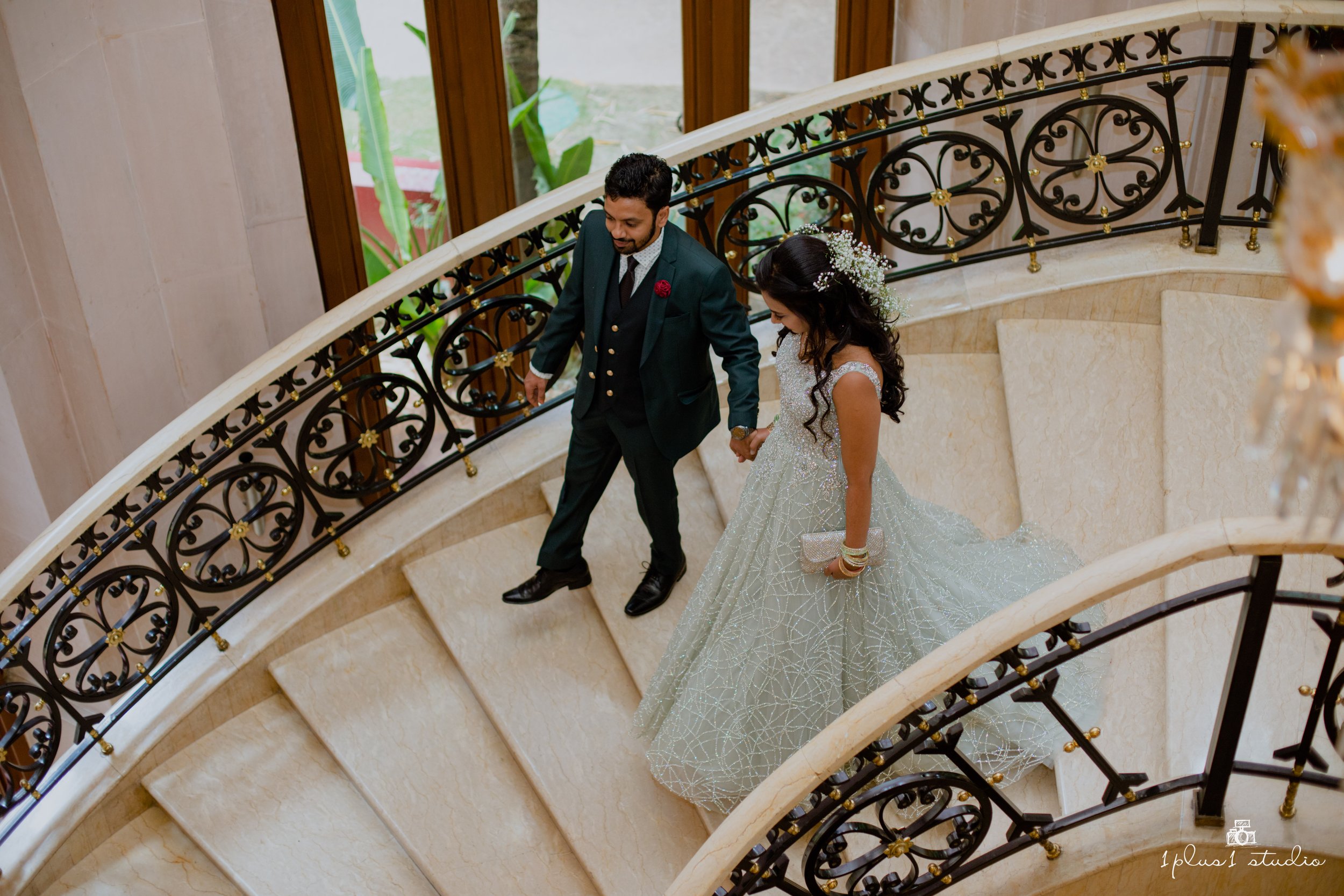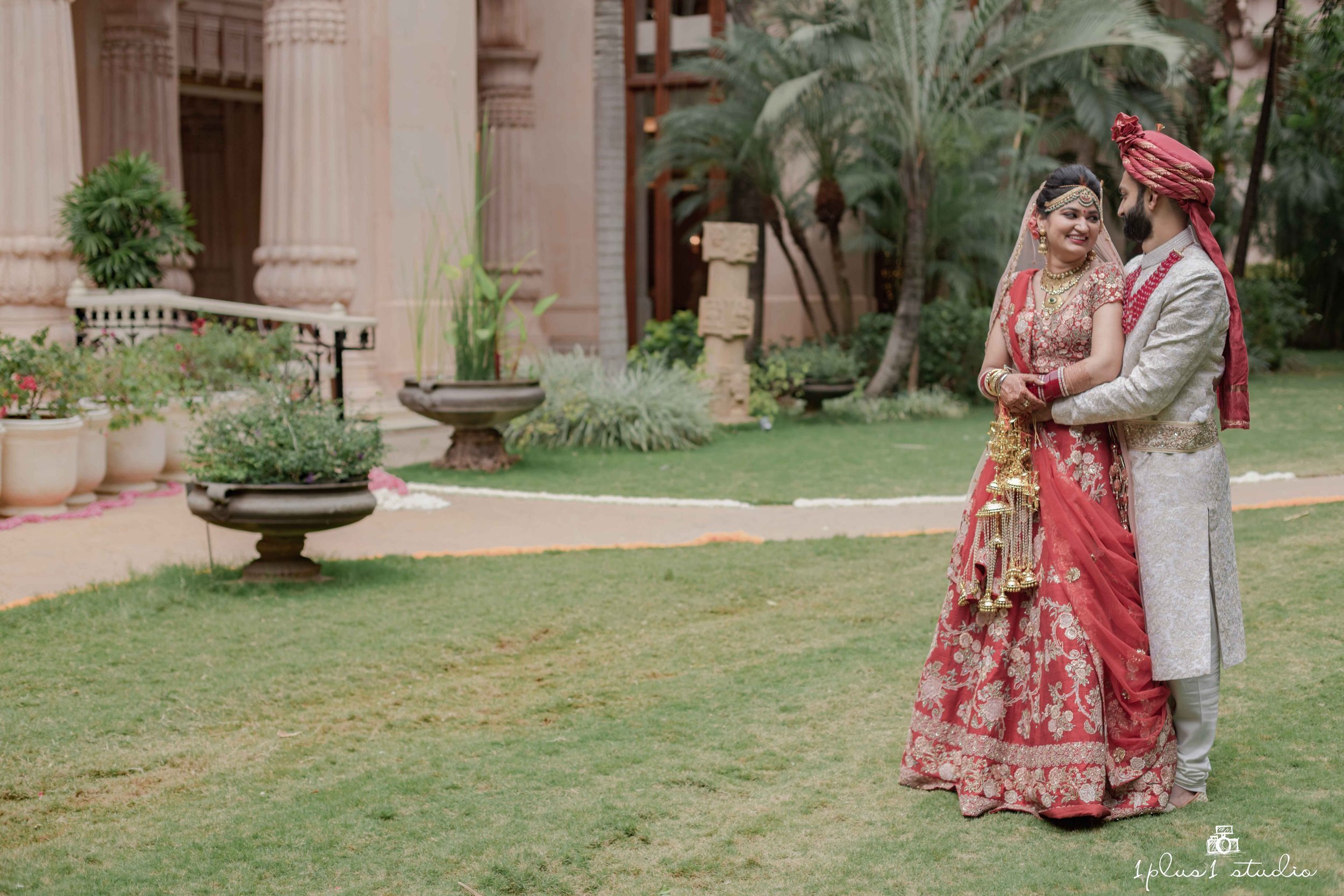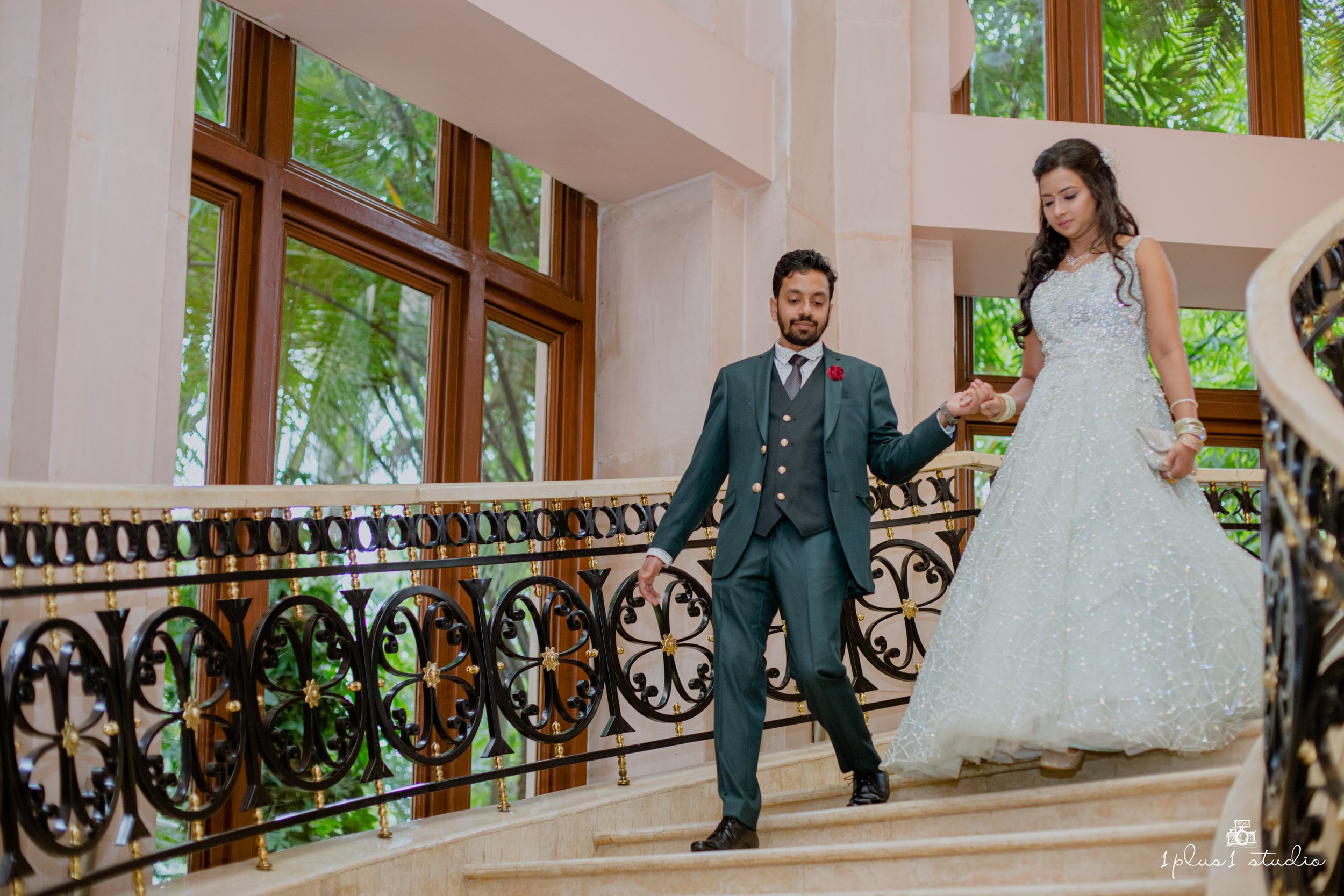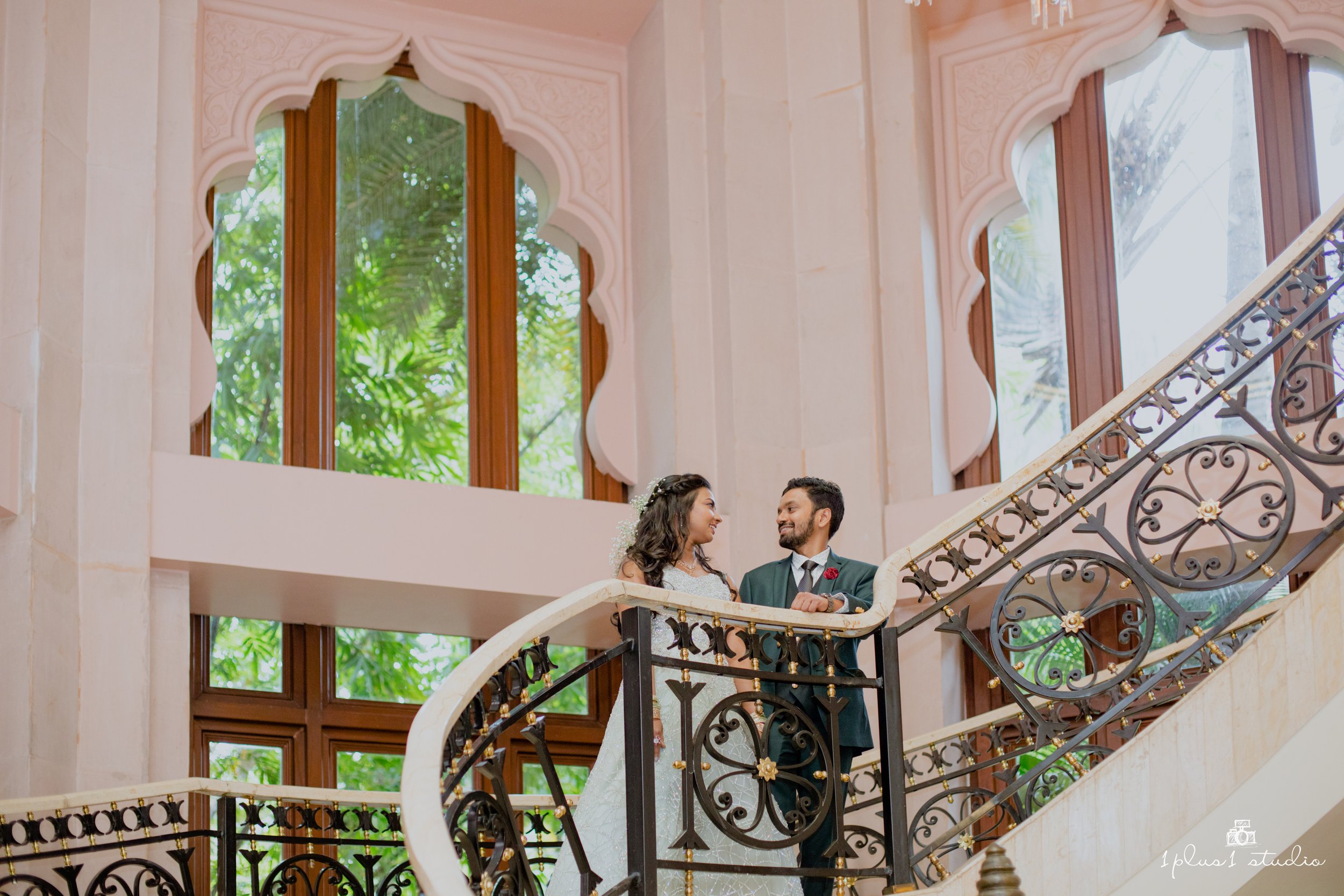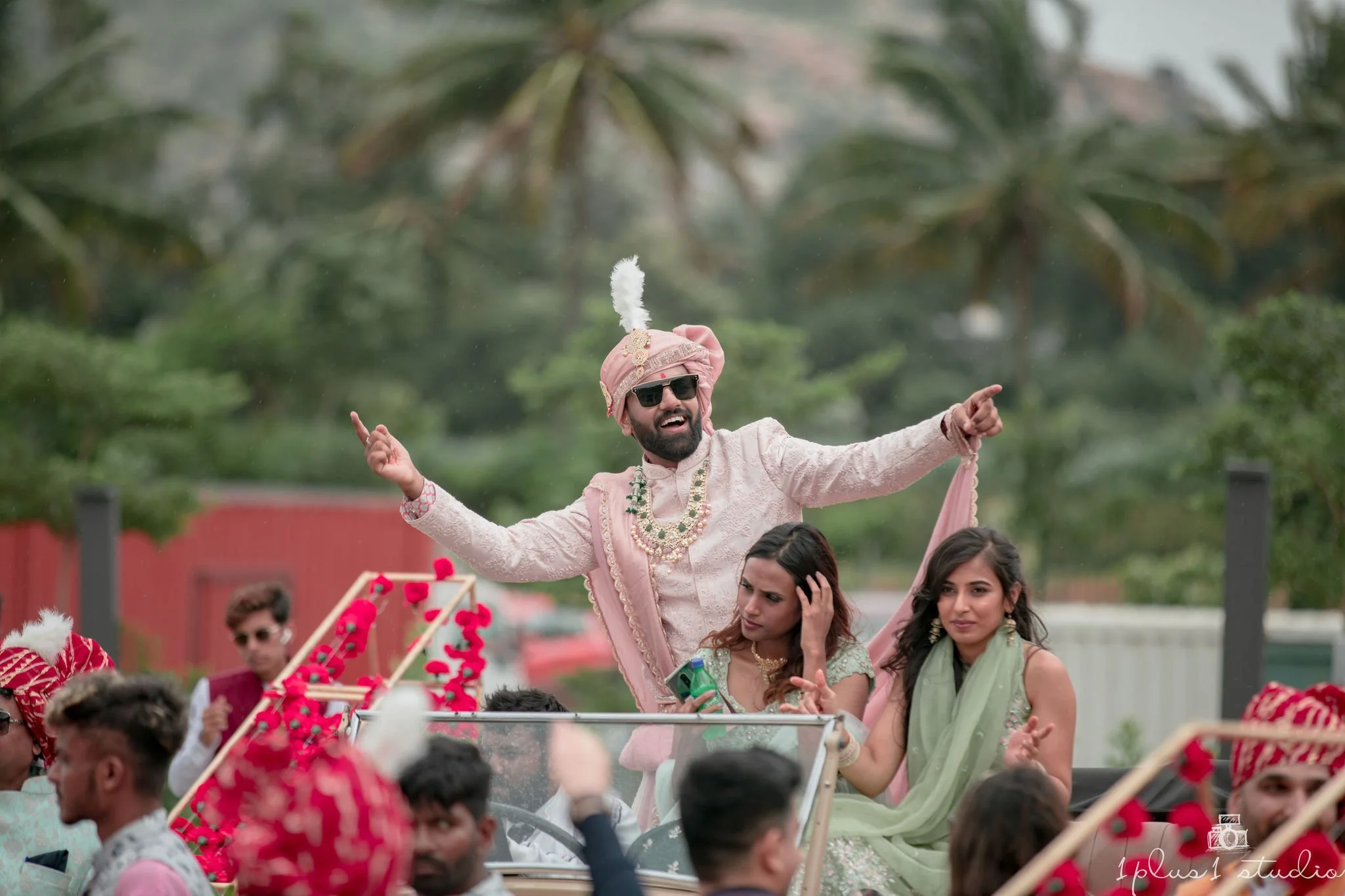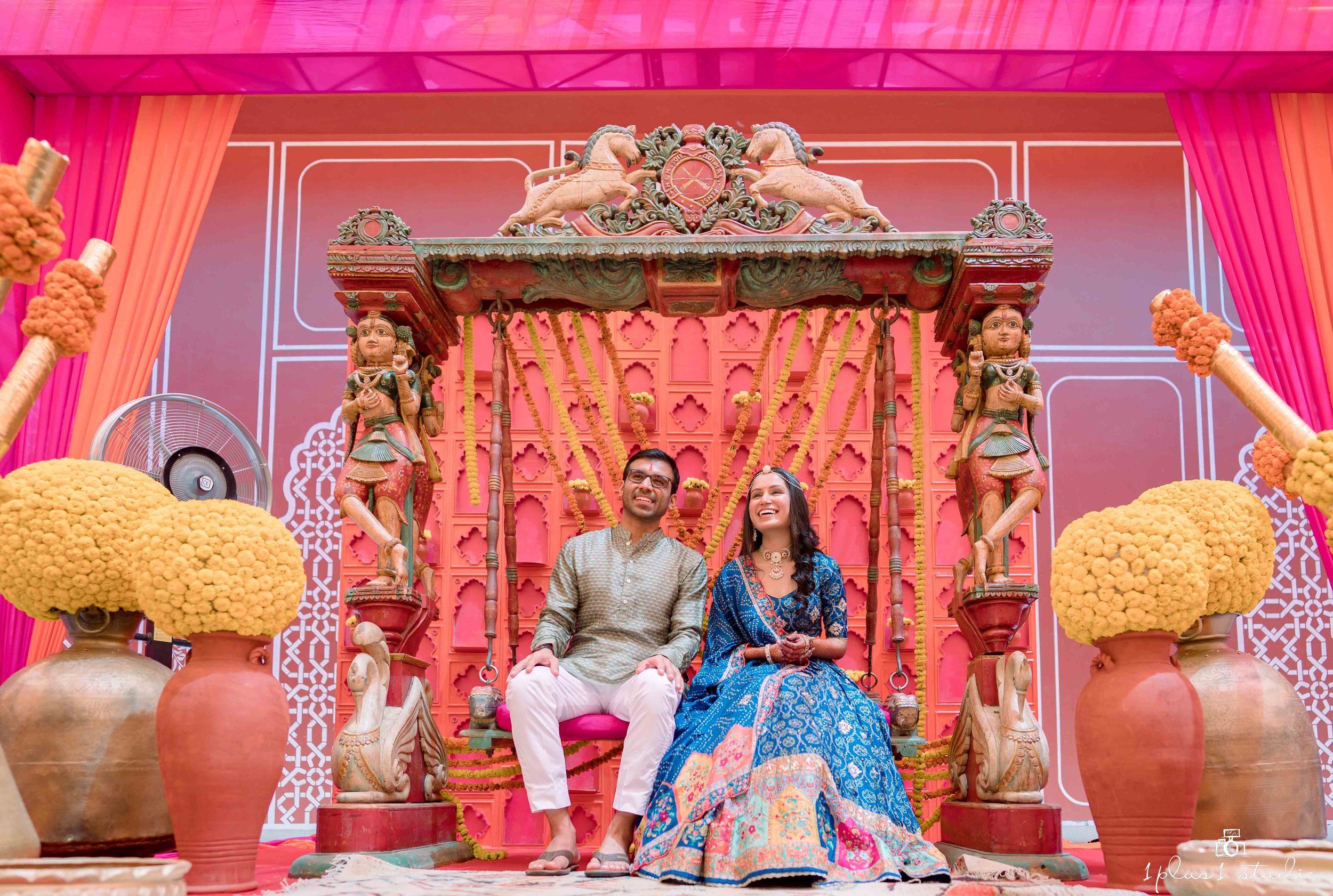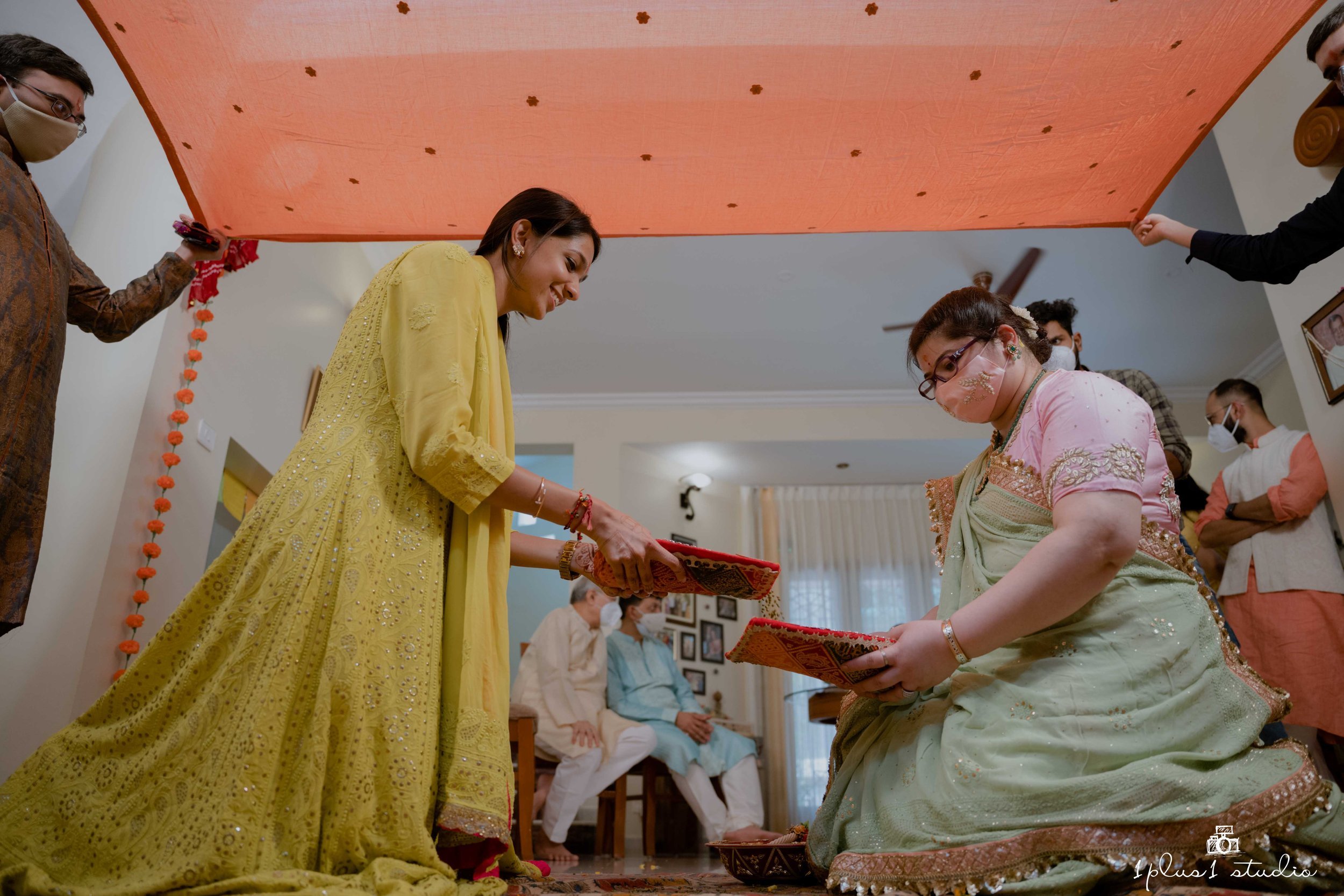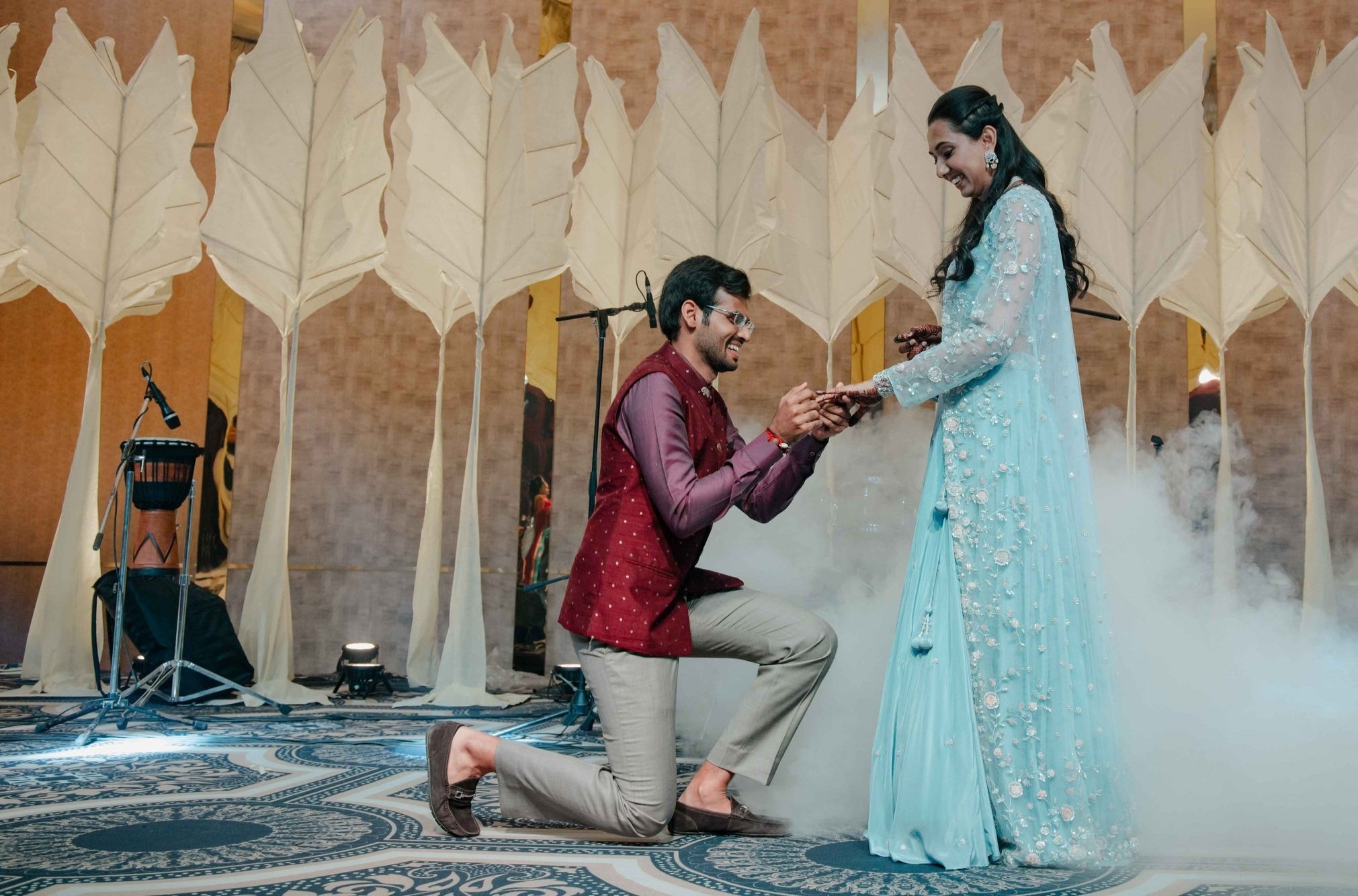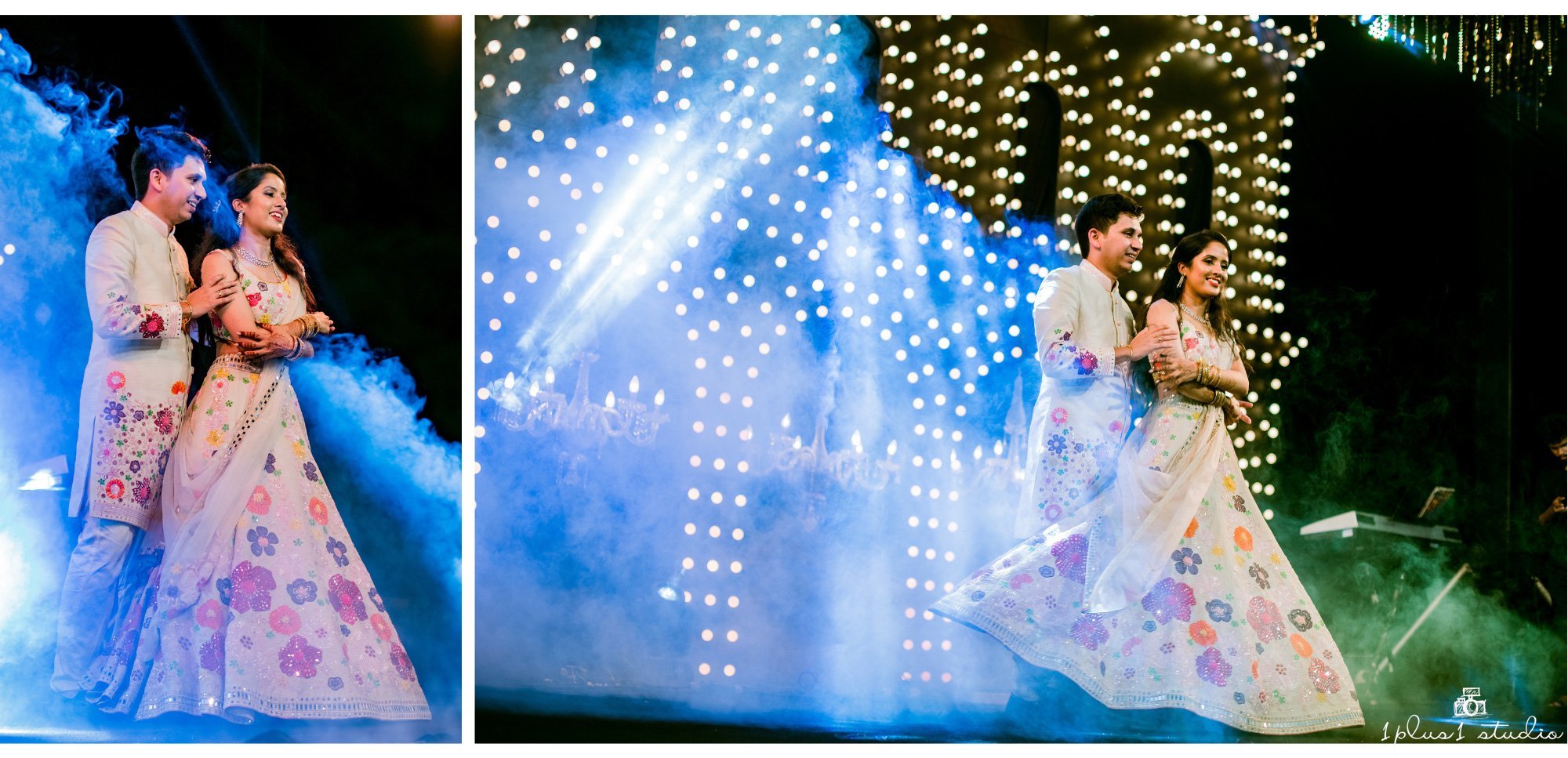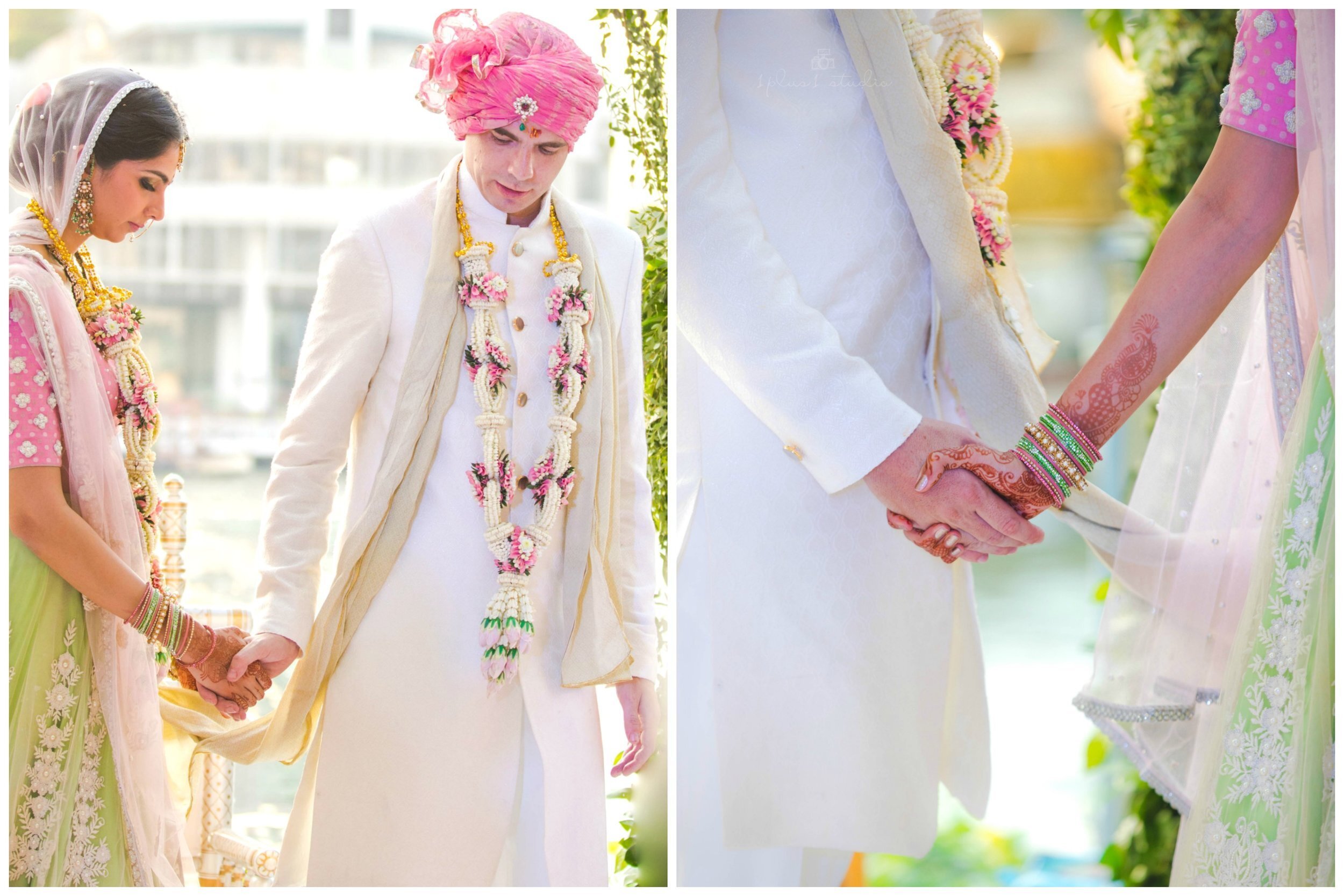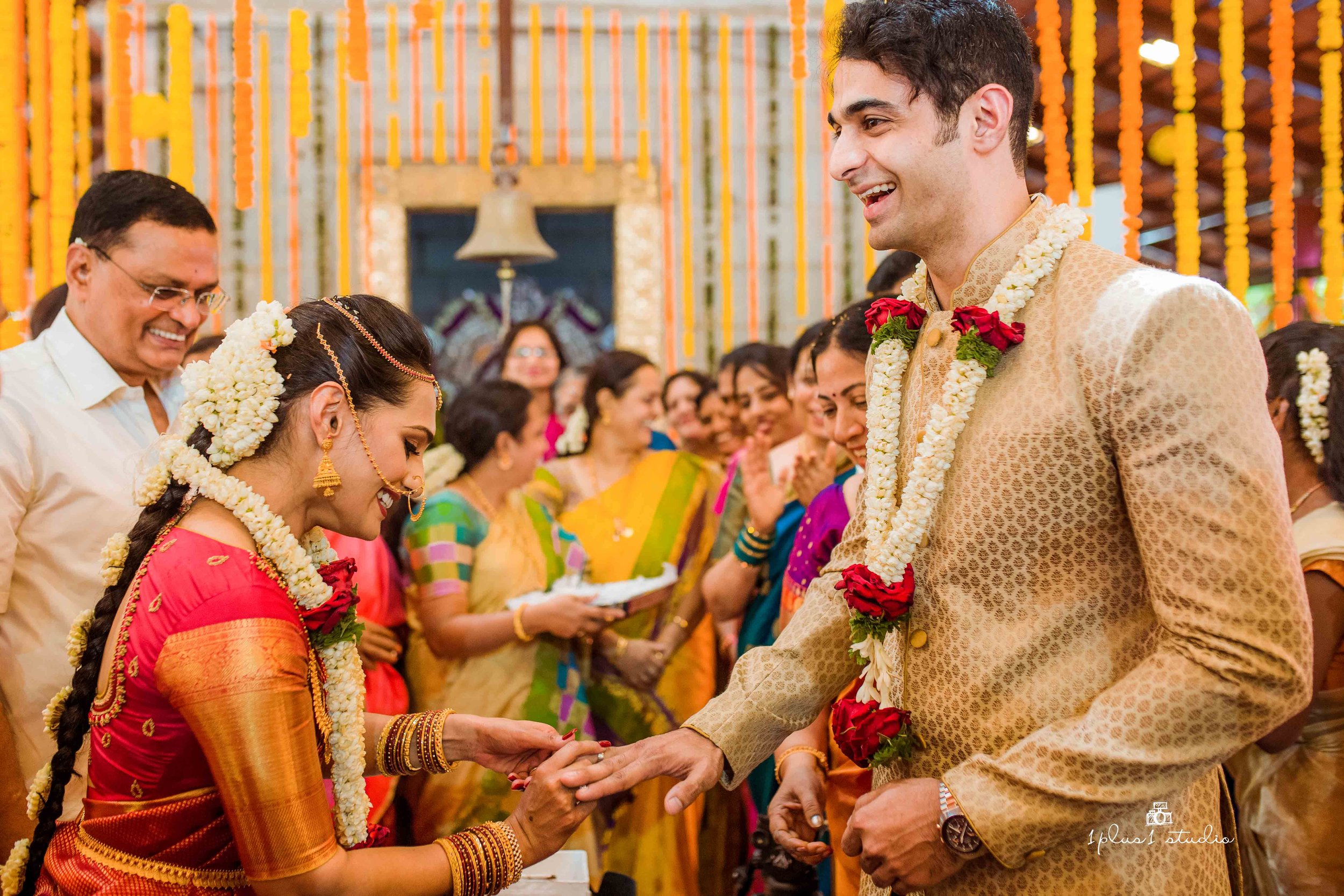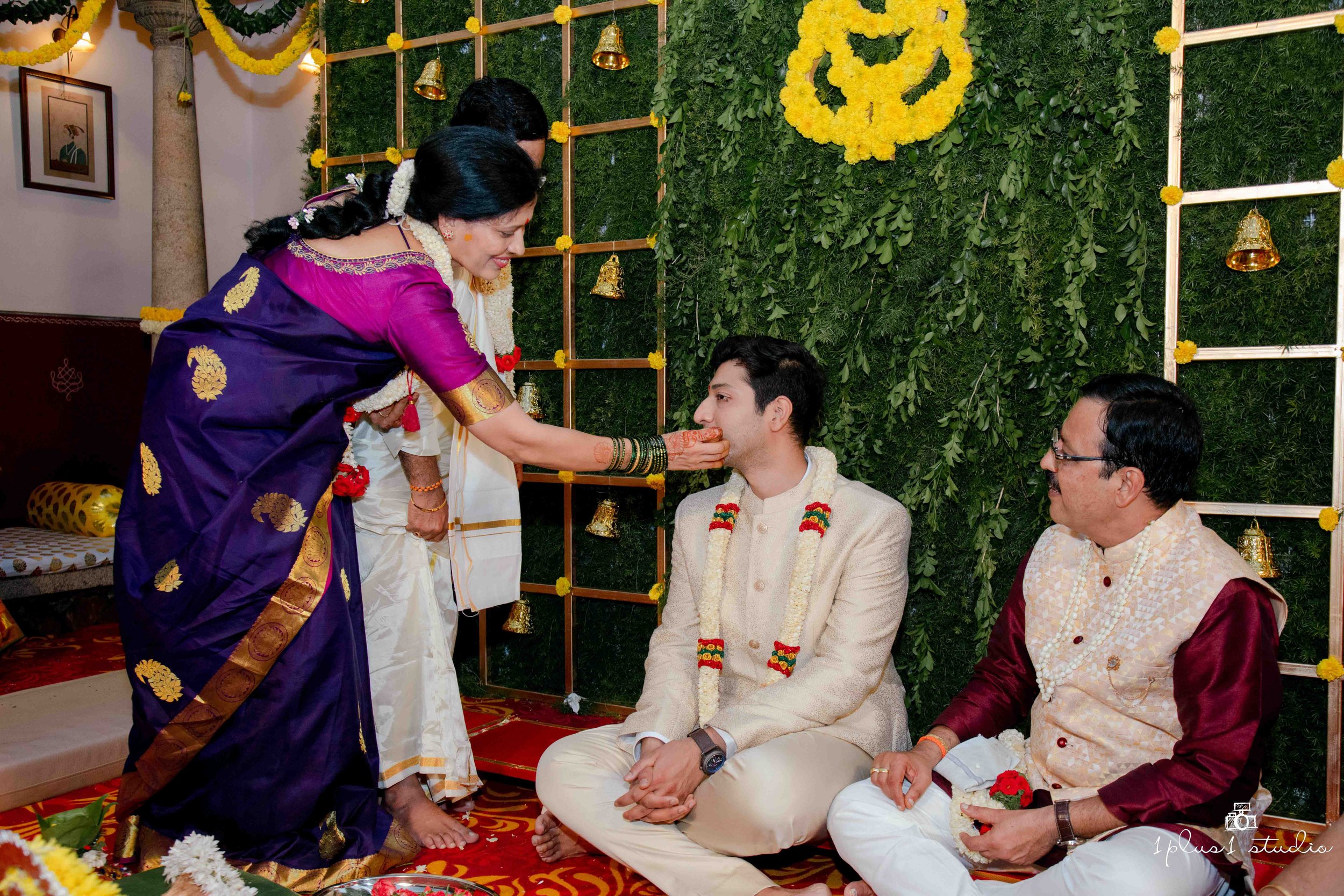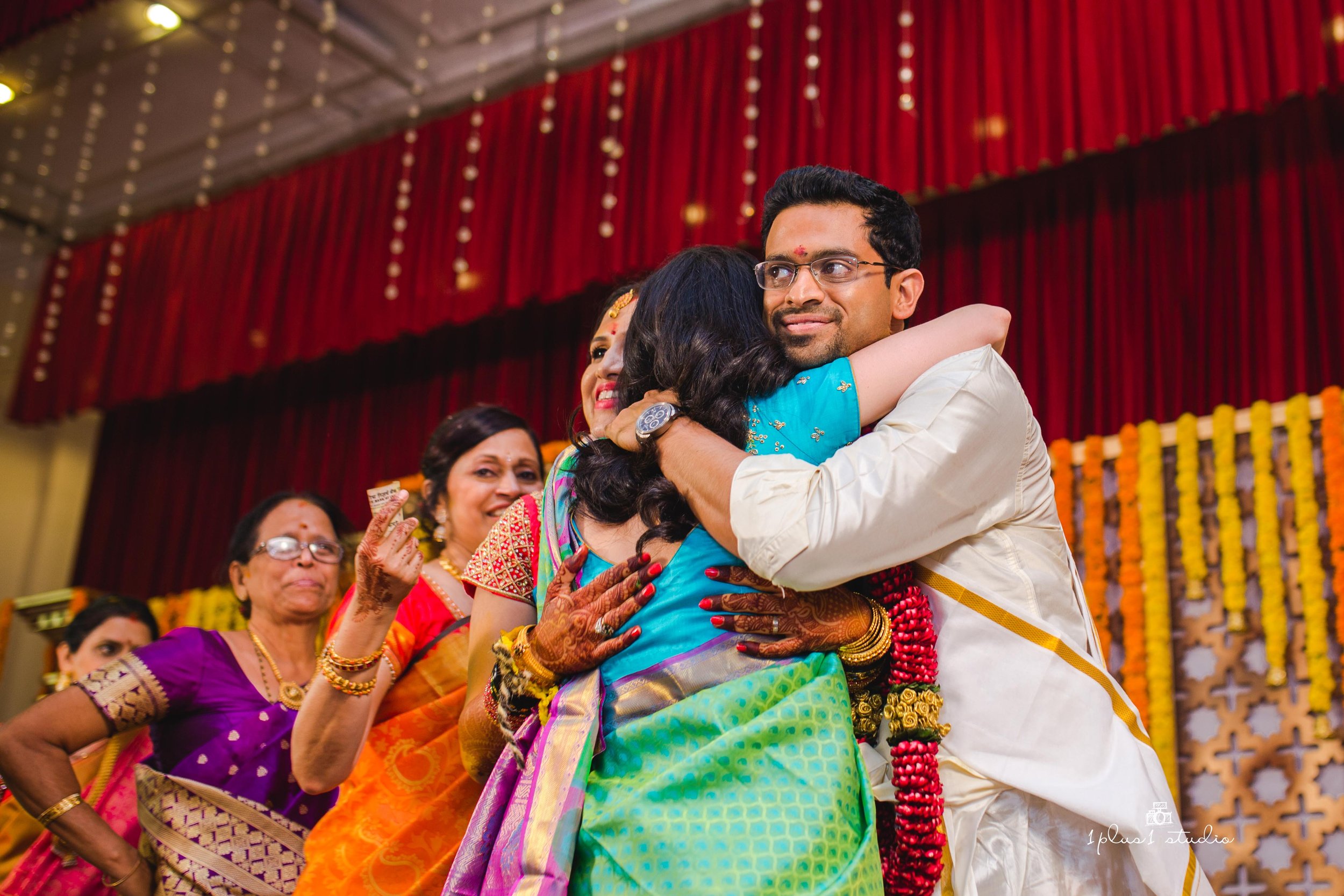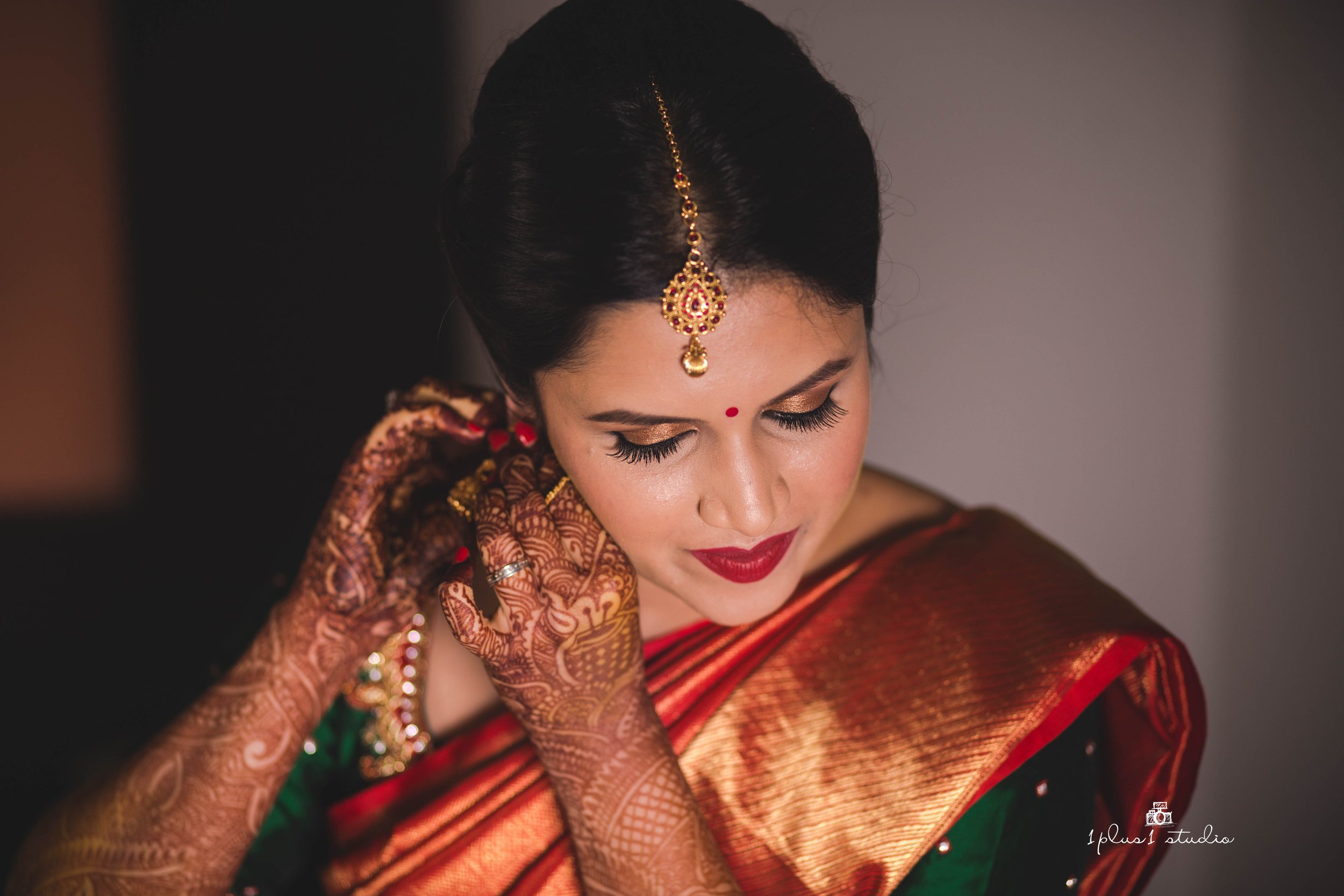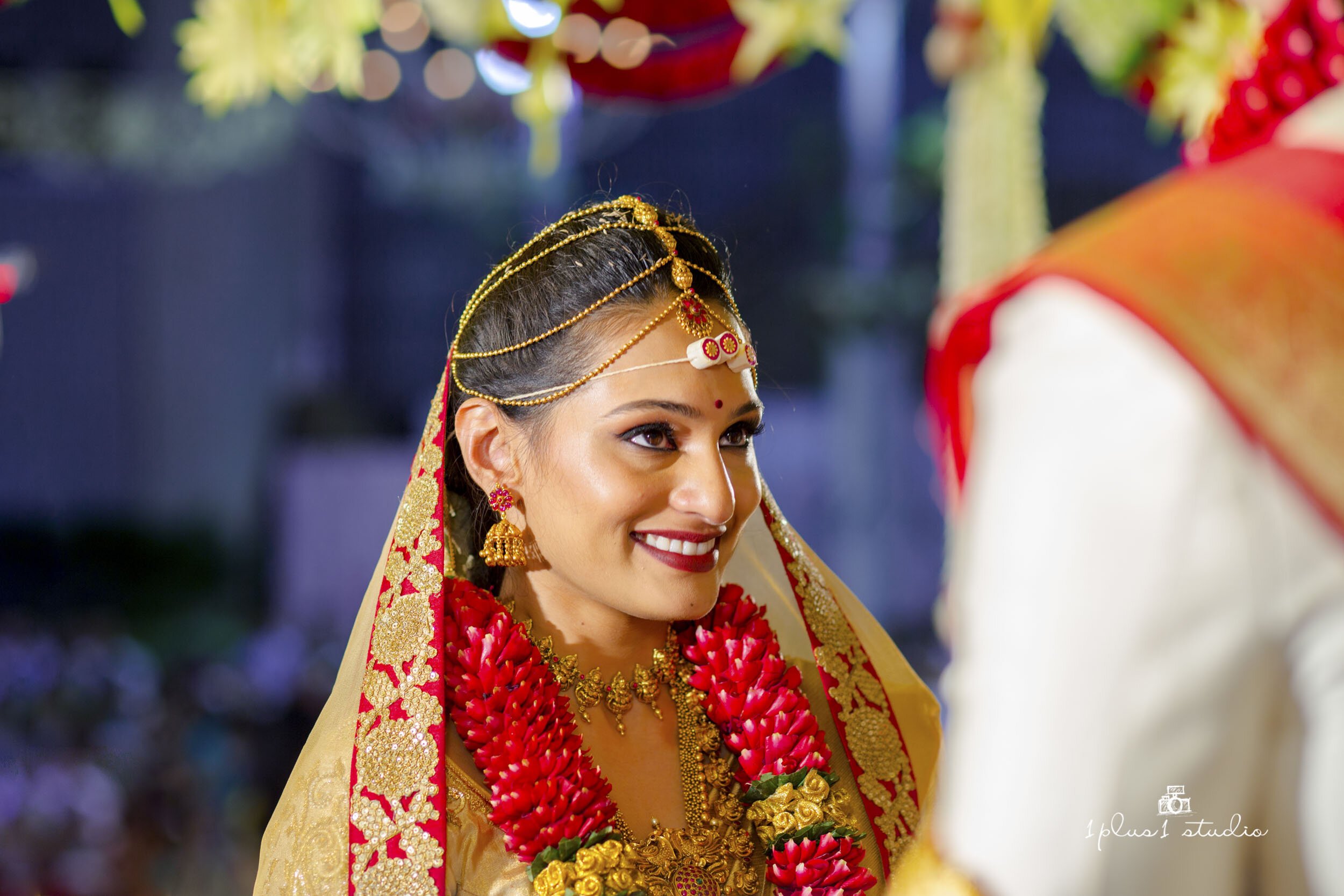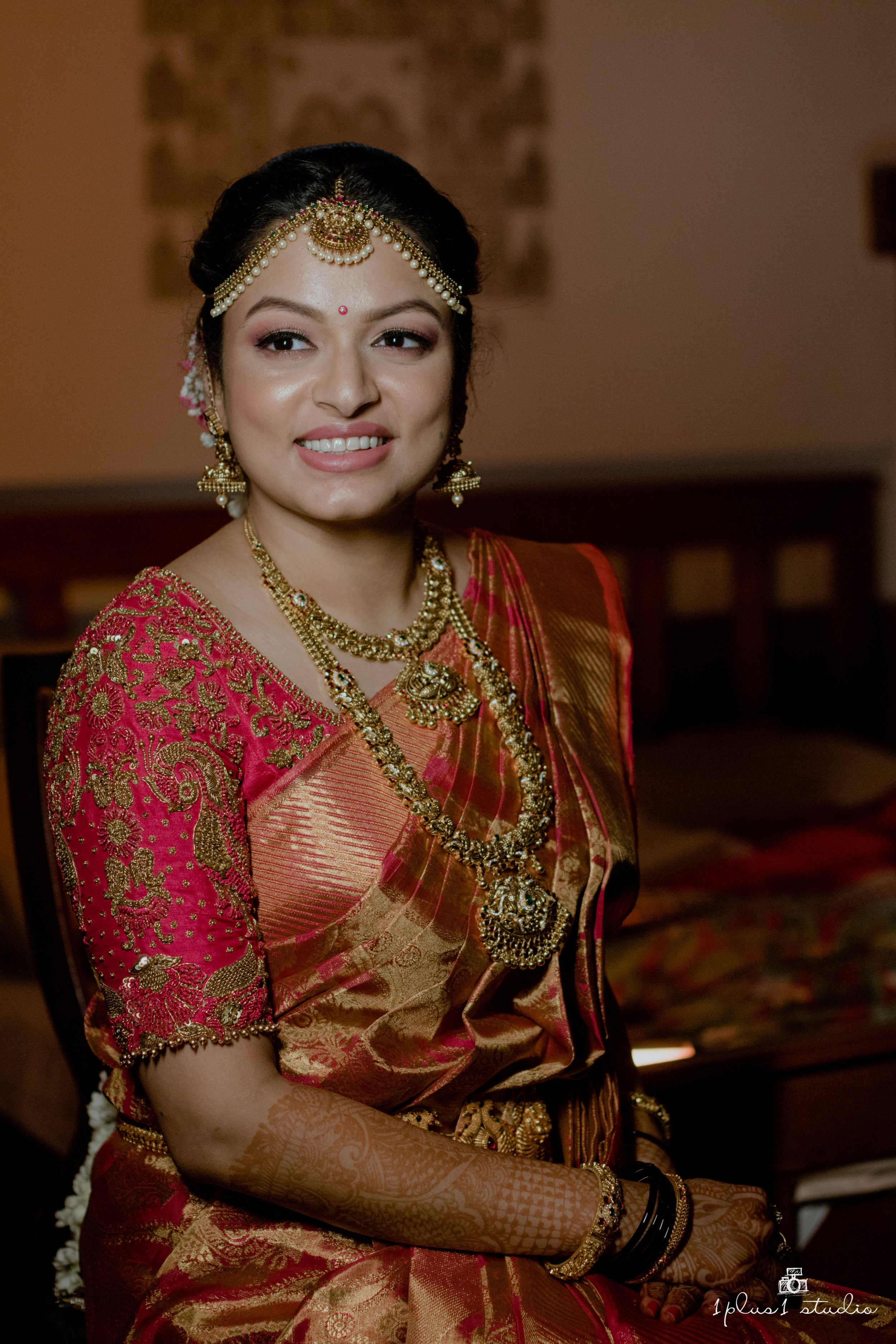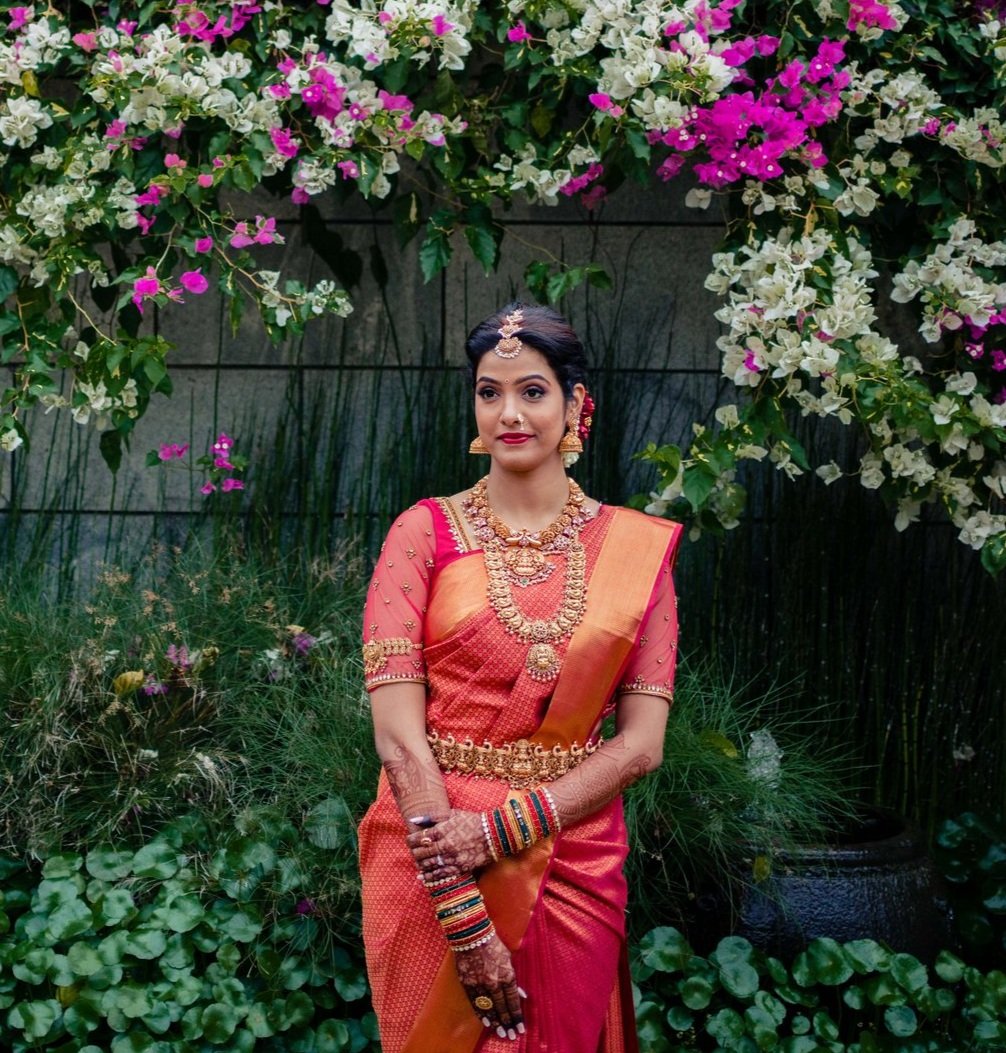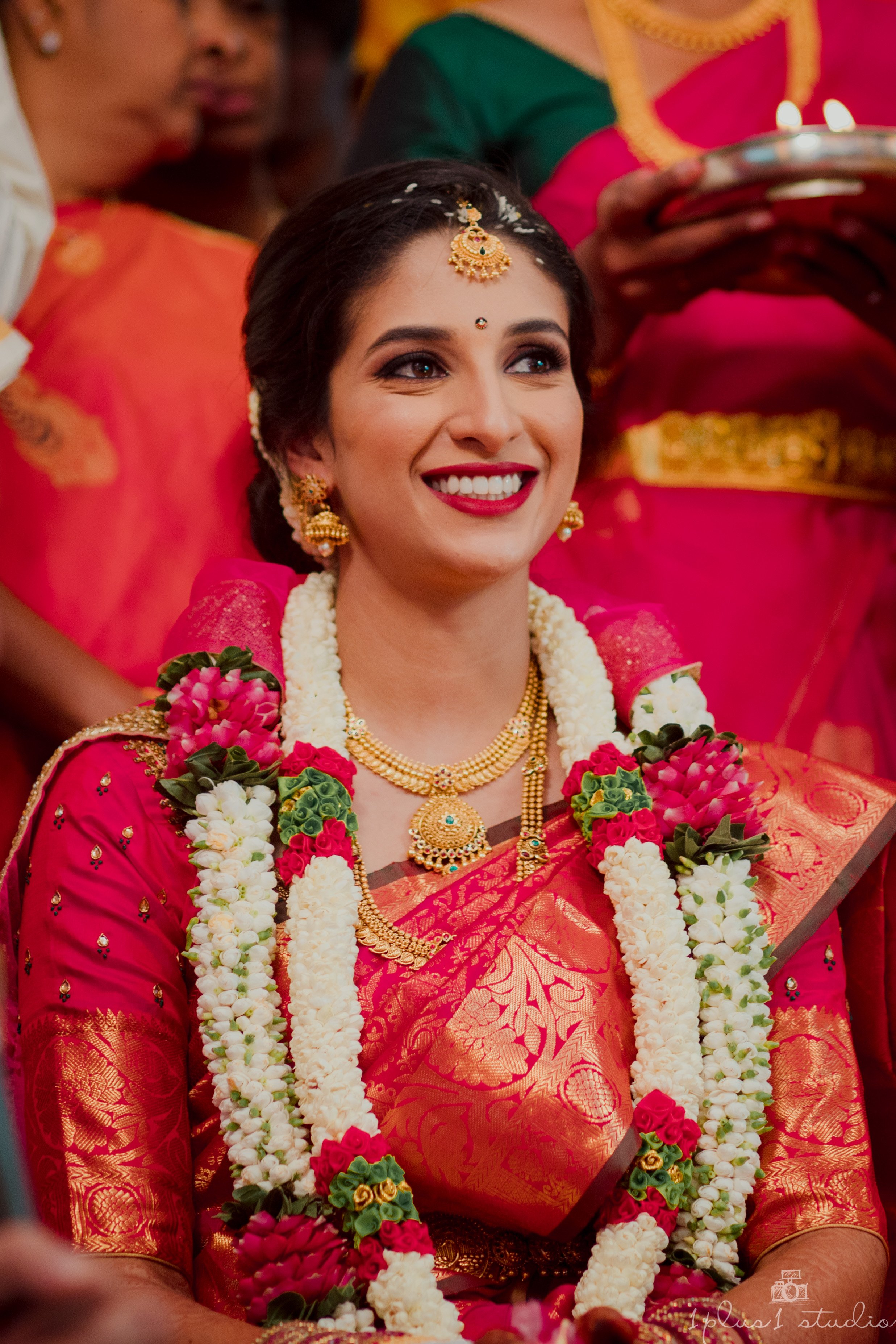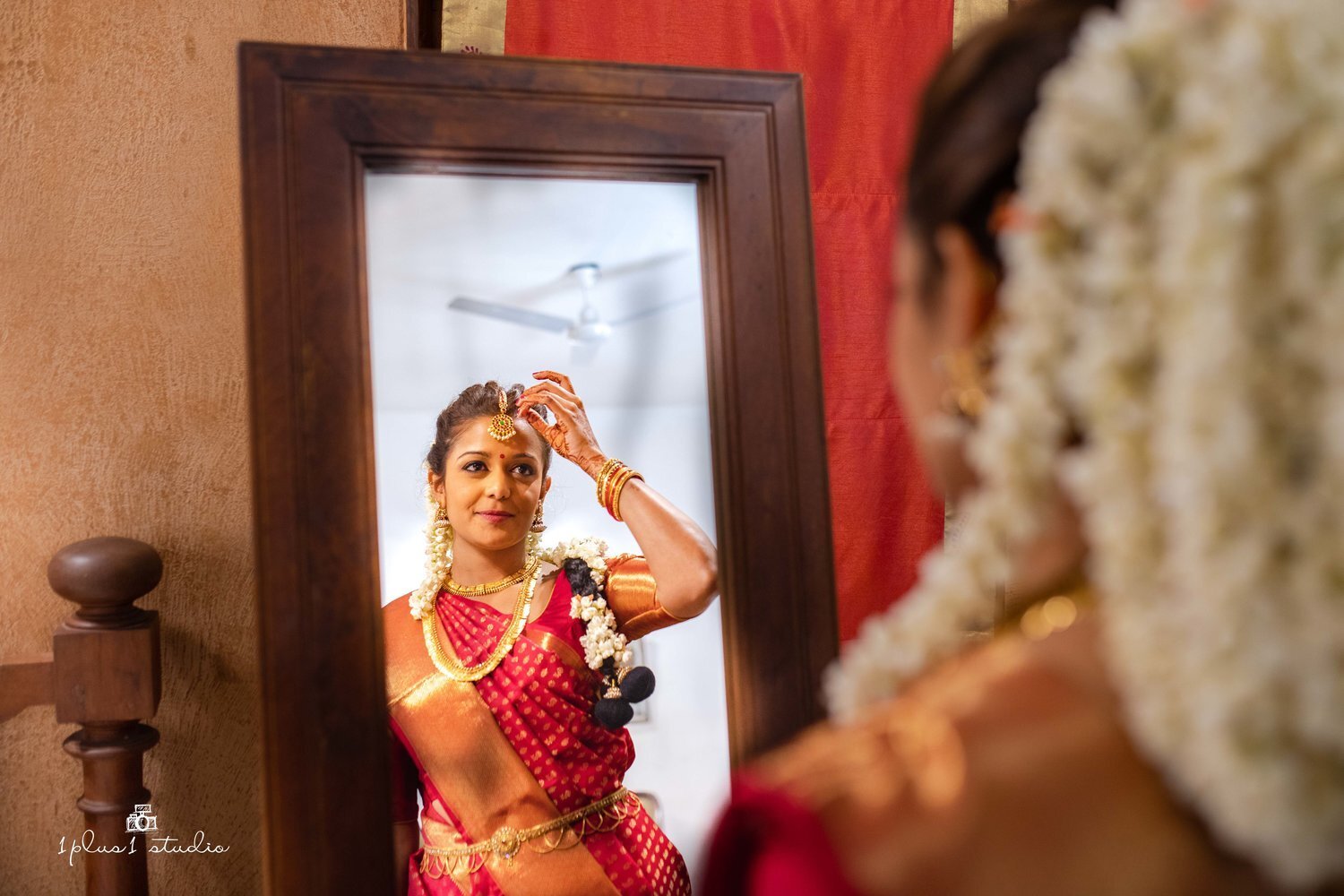If you're planning a wedding in Kerala, you're in for a treat! Known as "God’s Own Country," Kerala offers a breathtaking mix of backwaters, beaches, and lush greenery. At 1Plus1 Studio, we’ve had the privilege of capturing some of the most beautiful weddings across this serene state. Here’s our list of favorite destination wedding venues in Kerala, complete with stunning images & films from real weddings and links to our wedding stories.
1. Taj Bekal Resort & Spa, Kerala
Why Choose Taj Bekal for Your Wedding?
Lush Greenery & Backwaters: Offers a mix of waterfront and garden settings, allowing couples to choose between a serene riverside ceremony or a lush, garden-themed wedding.
Inspired by Kerala’s Houseboats: The resort's architecture pays homage to Kerala’s traditional houseboats while offering the luxuries of a five-star retreat.
Private & Serene: Perfect for couples seeking an intimate, relaxed wedding away from the hustle and bustle of the city.
Stunning Beach Setting: Taj Bekal features a beautiful beach with unique rock formations that create a picturesque backdrop for wedding portraits and sunset vows.
Tips for Couples:
Use the backwaters as a stunning photo backdrop for dreamy couple portraits.
Consider incorporating a raft with a flower shower for a magical entry moment.
The beach with its dramatic rock formations makes for breathtaking photography, perfect for capturing candid and posed shots.
See a full wedding shot at Taj Bekal Resort & Spa below :
2. The Leela Kovalam, a Raviz Hotel
Why Choose The Leela Kovalam for Your Wedding?
Beachfront Luxury: Perfect for couples who dream of a coastal wedding with uninterrupted ocean views and the soothing sound of waves as their wedding soundtrack.
Panoramic Views: Overlooking the Arabian Sea, this venue offers stunning sunrises and sunsets, making it a spectacular setting for wedding ceremonies and receptions.
Elegant Venues: Whether you prefer an open-air beachside wedding, a scenic clifftop vow exchange, or a grand indoor ballroom reception, The Leela Kovalam provides versatile venue options.
Luxury & Comfort: As Kerala’s only clifftop beach resort, this property combines five-star luxury with breathtaking natural beauty, ensuring an unforgettable experience for you and your guests.
Dedicated Wedding Services: The venue offers tailor-made wedding planning, including themed décor, curated gourmet menus, and impeccable hospitality to make your big day stress-free and extraordinary.
Tips for Couples:Plan a sunset wedding to take advantage of the warm golden light that enhances the romantic ambiance.
Opt for barefoot vows on the beach for a serene and intimate experience.
Consider hosting your reception on the chess lawn, a stunning outdoor space that provides a dreamy and elegant setting for dining under the stars.
See two full weddings shot at The Leela Kovalam, a Raviz Hotel
3. Brunton Boatyard - CGH Earth
Why Choose Brunton Boatyard for Your Wedding?
Historic Ambience: This restored colonial-era property offers a unique old-world charm.
Waterfront Location: Overlooks the bustling Cochin harbor, providing a stunning setting.
Intimate & Elegant Spaces: Ideal for smaller, elegant gatherings.
Perfect for Photography: The colonial architecture and waterfront location make for incredible wedding portraits.
Tips for Couples:
Consider a sunset reception to capture golden-hour magic.
Use vintage decor to enhance the historic feel.
Include a seafood feast to match the coastal setting.
See a full wedding shot at Brunton Boatyard - CGH Earth below :
4. The Zuri Kumarakom, Kerala Resort & Spa
Why Choose Zuri Kumarakom for Your Wedding?
Stunning Backwater Views: Situated along the Vembanad Lake, this venue offers breathtaking panoramic views, making it a perfect location for serene and romantic ceremonies.
Versatile Wedding Spaces: Whether you want a grand outdoor ceremony by the lake or an elegant indoor function, Zuri Kumarakom provides multiple venue options to suit your wedding vision.
Luxurious Accommodations: Your guests can enjoy world-class hospitality, spacious villas, and private pools, ensuring a relaxing stay throughout the celebrations.
Picture-Perfect Sunsets: The golden-hour glow reflecting off the water creates magical backdrops for wedding photography.
Tips for Couples:
Plan an early evening ceremony to capture the stunning sunset in your wedding pictures.
Opt for a boat arrival to add a royal touch to your bridal entry.
Include a traditional Kerala sadya feast to give your guests an authentic culinary experience.
See two full weddings shot at The Zuri Kumarakom Resort & Spa below :
5. Coconut Lagoon - CGH Earth Resort
Why Choose Coconut Lagoon for Your Wedding?
Exclusive Venue: Accessible only by boat, ensuring privacy and exclusivity for your special day.
Heritage Ambience: The property features traditional Kerala architecture, adding authenticity to your wedding aesthetic.
Picturesque Views: Nestled among lush greenery and serene waters, the venue offers an enchanting backdrop for wedding photography.
Eco-Luxury Experience: Ideal for couples who appreciate sustainability without compromising on luxury.
Tips for Couples:
Plan a boat entrance for a unique bridal entry.
Choose traditional Kerala attire to complement the aesthetic setting.
Set up a live traditional music performance for an immersive experience.
See a full wedding shot at Coconut Lagoon - CGH Earth below :
6. The Leela Ashtamudi, a Raviz Hotel
Why Choose The Leela Ashtamudi for Your Wedding?
Tranquil Lakeside Setting: Set along the serene Ashtamudi Lake, this venue offers an intimate and peaceful atmosphere, perfect for couples seeking a scenic waterfront wedding.
Exclusive & Private: Tucked away from the hustle of city life, The Leela Ashtamudi provides a secluded retreat for couples who want an exclusive wedding experience.
Sustainable Luxury: A blend of traditional Kerala architecture and modern comforts, this venue offers eco-friendly hospitality without compromising on luxury.
Breathtaking Sunsets: The picturesque lake reflects the golden hues of the evening sky, making for stunning wedding photography opportunities.
Customizable Wedding Venues: Whether you prefer a charming outdoor lakeside wedding or an indoor banquet affair, The Leela Ashtamudi caters to various preferences.
Tips for Couples:
Use floating floral decor to create a dreamy, romantic atmosphere on the lake.
Plan an evening wedding to take advantage of the breathtaking sunset reflections.
Incorporate traditional Kerala elements, such as a live chenda melam performance, for an authentic touch.
Consider a boat entry for the bride and groom for an unforgettable grand entrance.
Host a post-wedding brunch by the lake for a serene and luxurious send-off for your guests.
7. Taj Malabar Resort & Spa, Cochin
Why Choose Taj Malabar for Your Wedding?
Harborfront Views: Overlooks the stunning Kochi harbor, combining natural beauty with city sophistication.
Rooftop & Indoor Venues: Perfect for a mix of intimate and grand celebrations.
Luxury & Comfort: Renowned for world-class hospitality and exceptional dining experiences.
Colonial Charm: A blend of historic elegance and modern luxury for a timeless wedding setting.
Tips for Couples:
Host a rooftop cocktail party with harbor views.
Consider a vintage car bridal entry for added glamour.
Utilize the heritage spaces for unique wedding portraits.











































